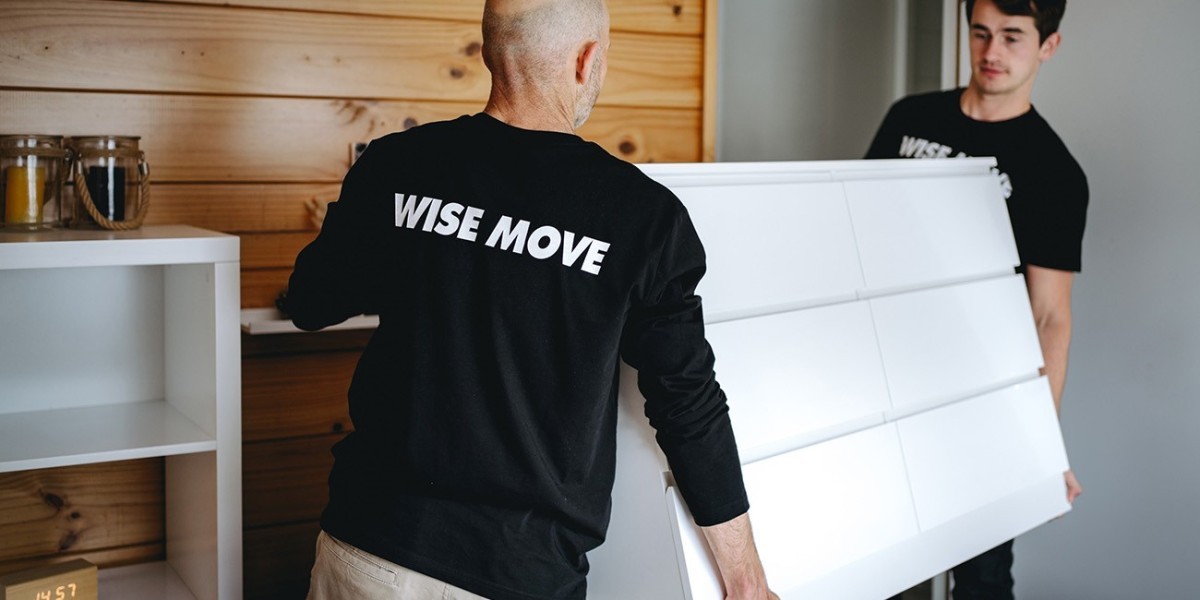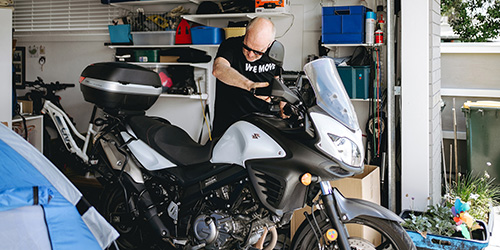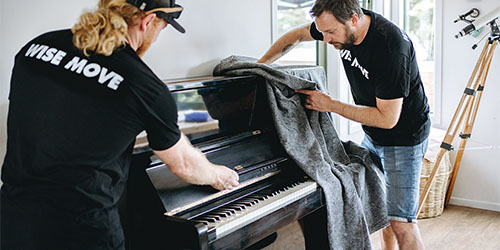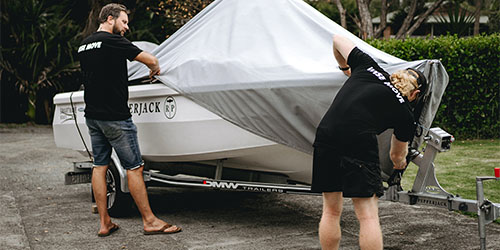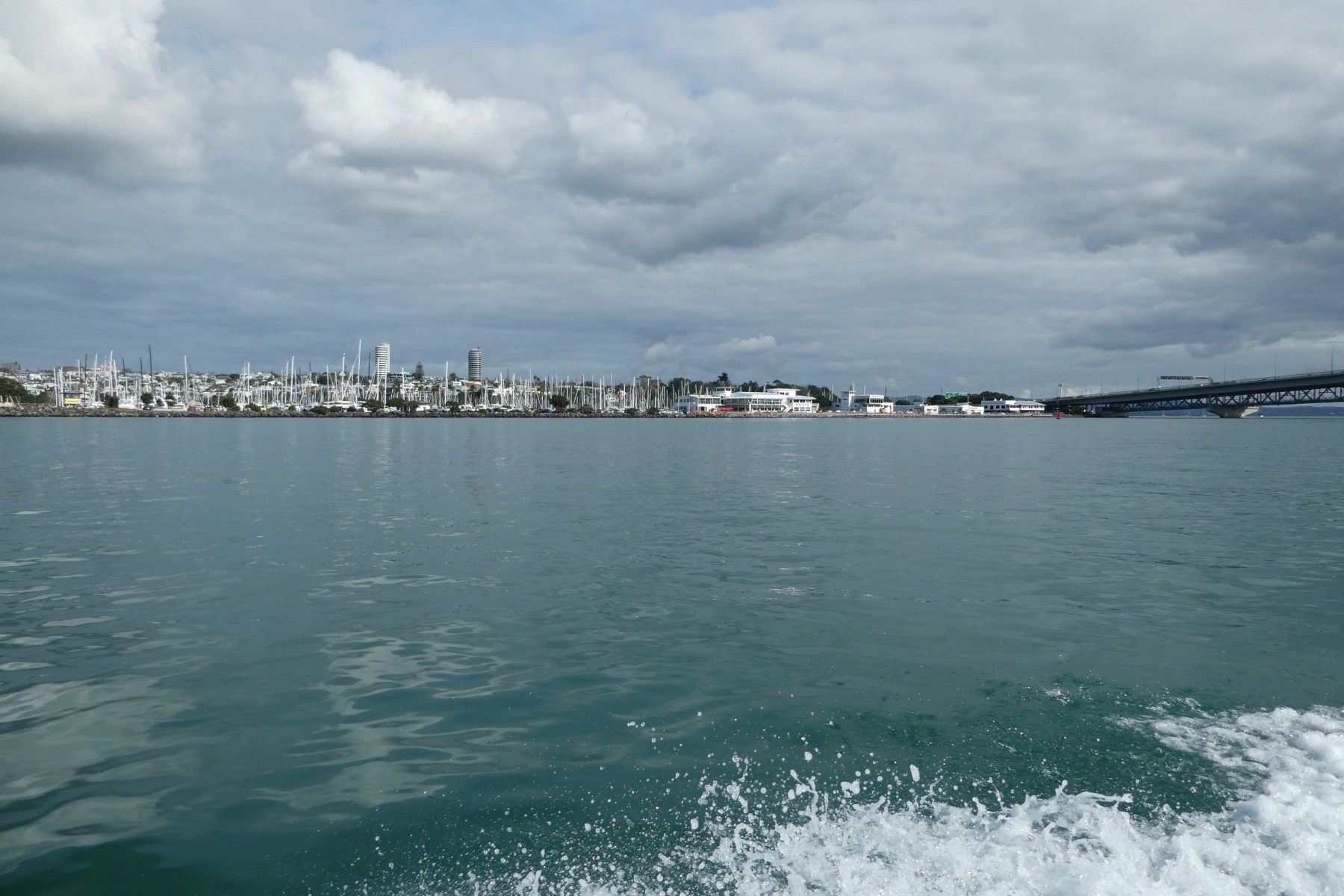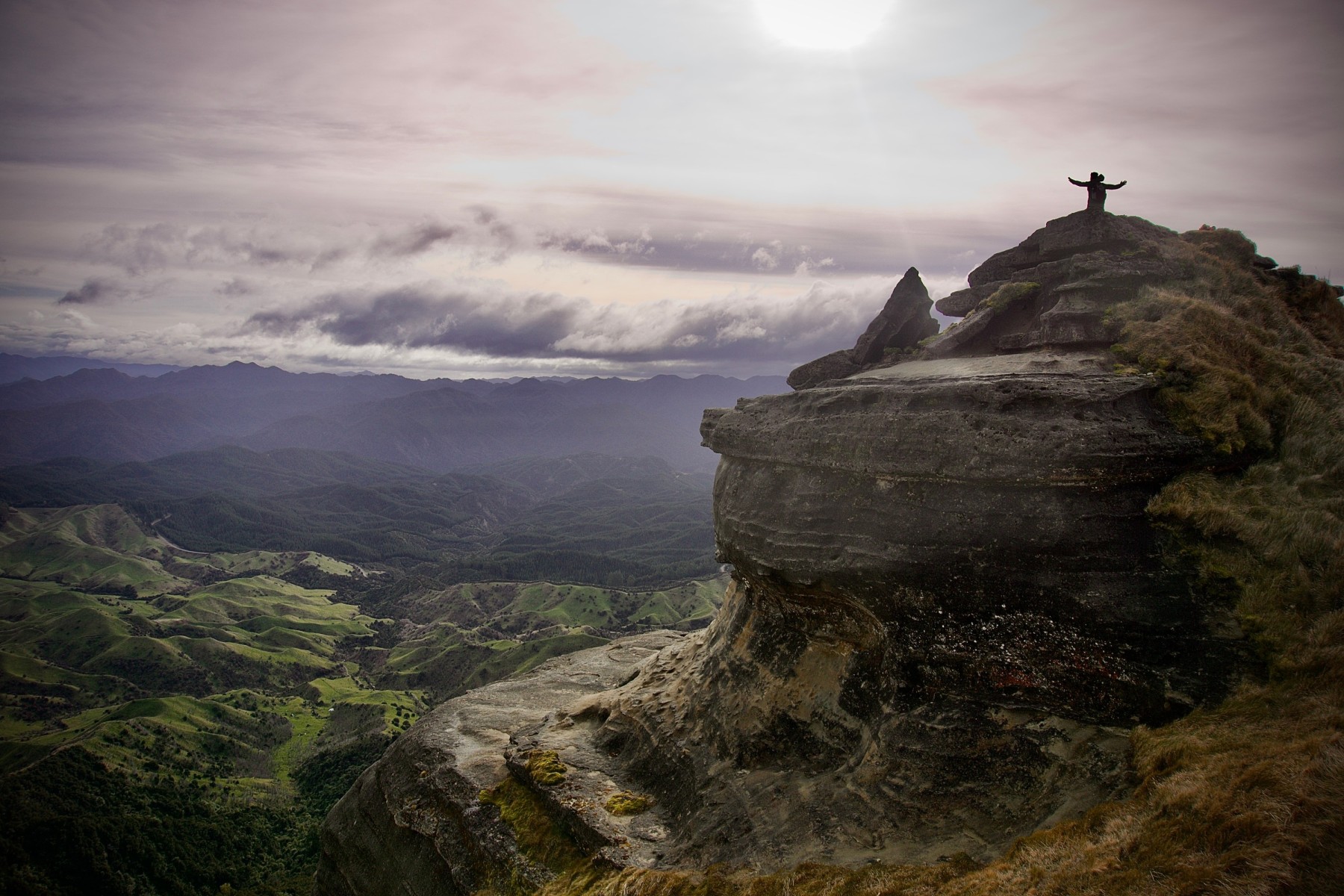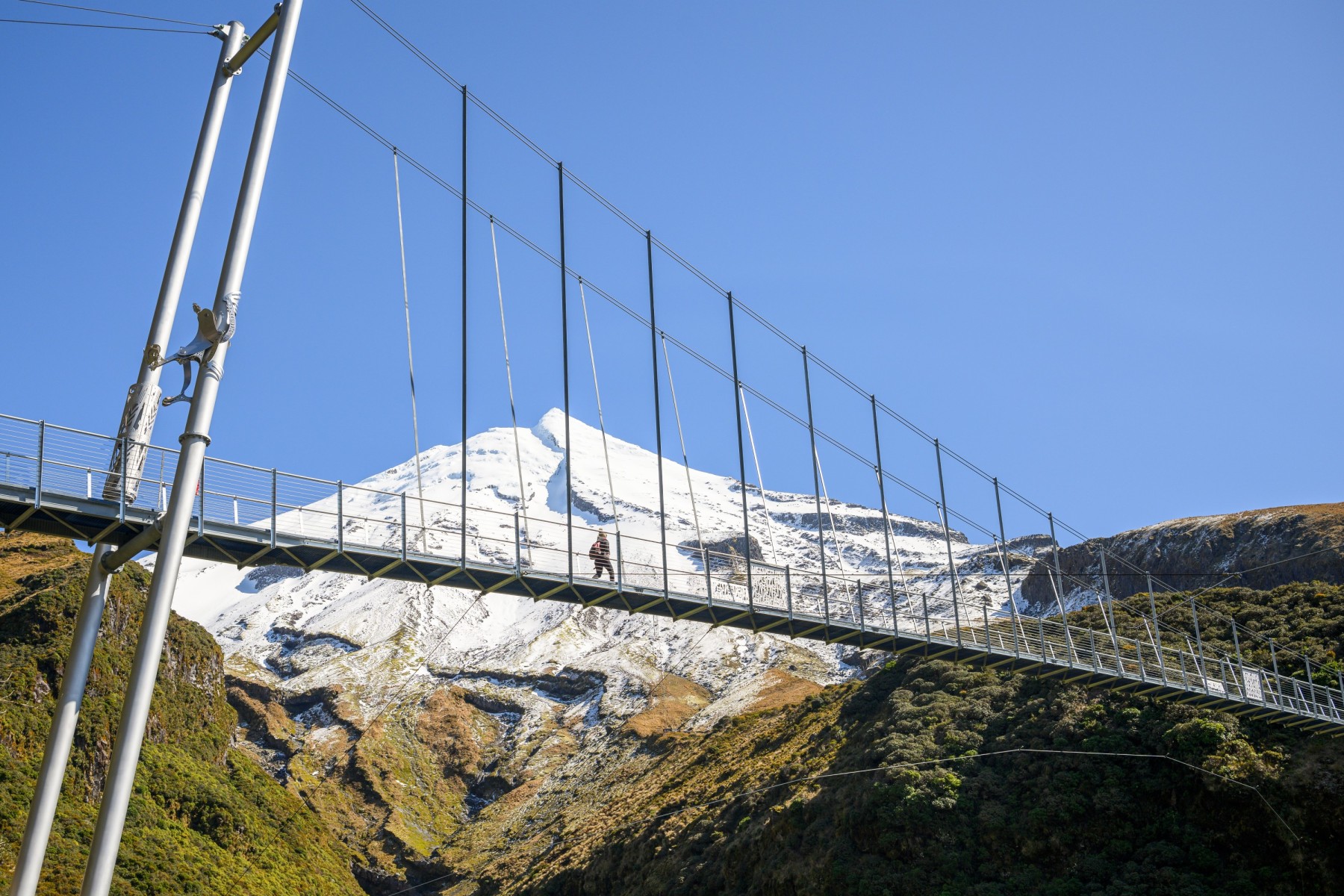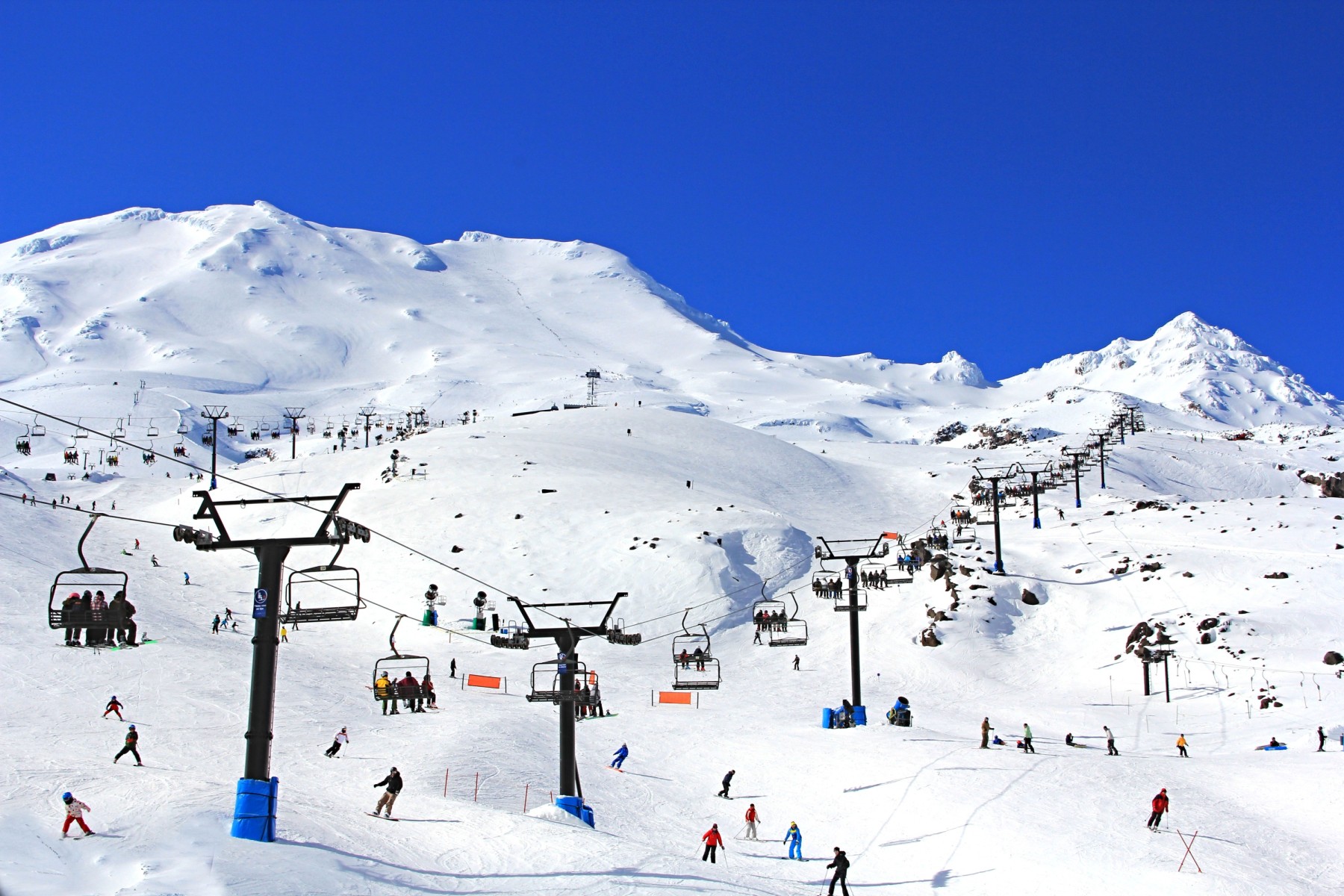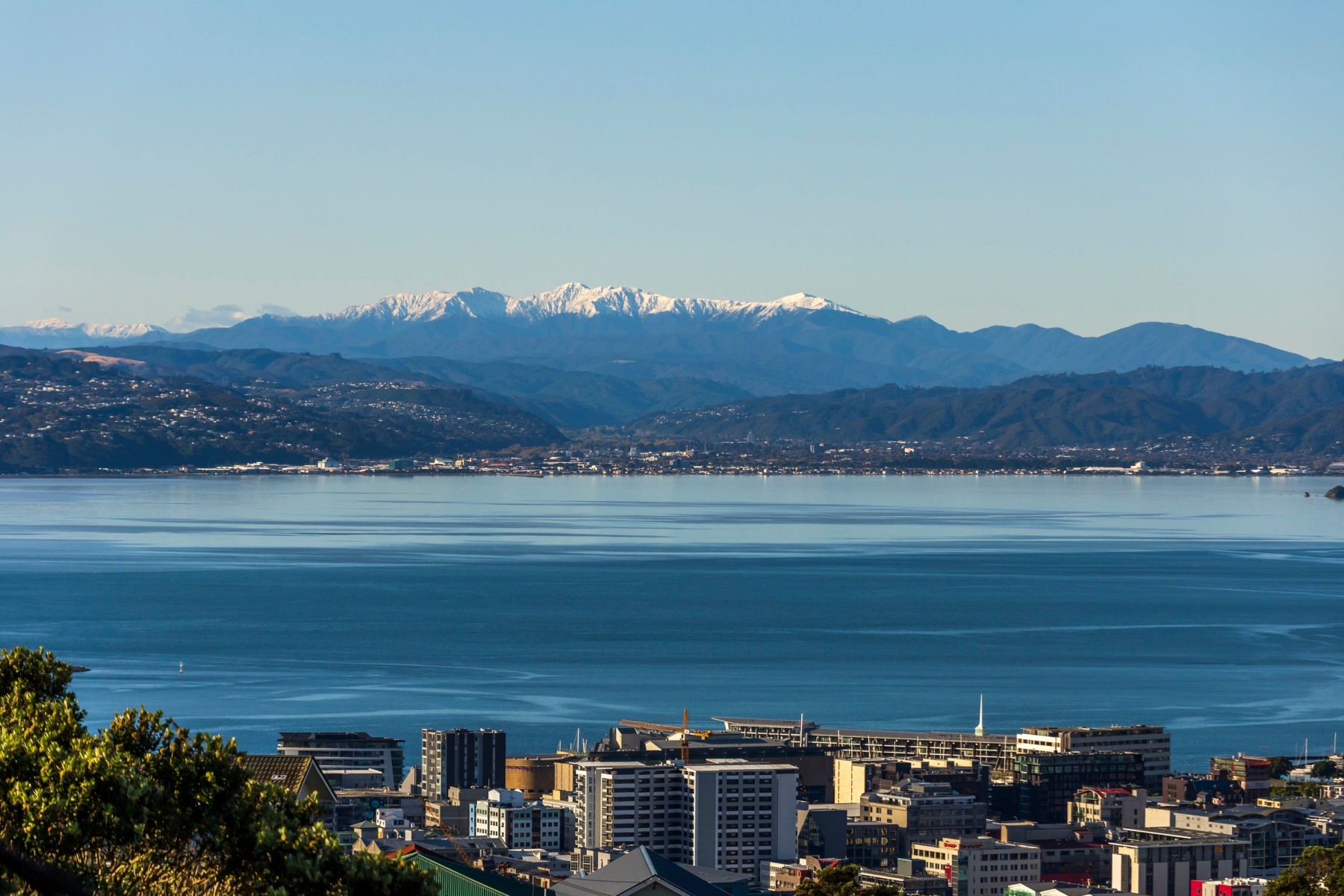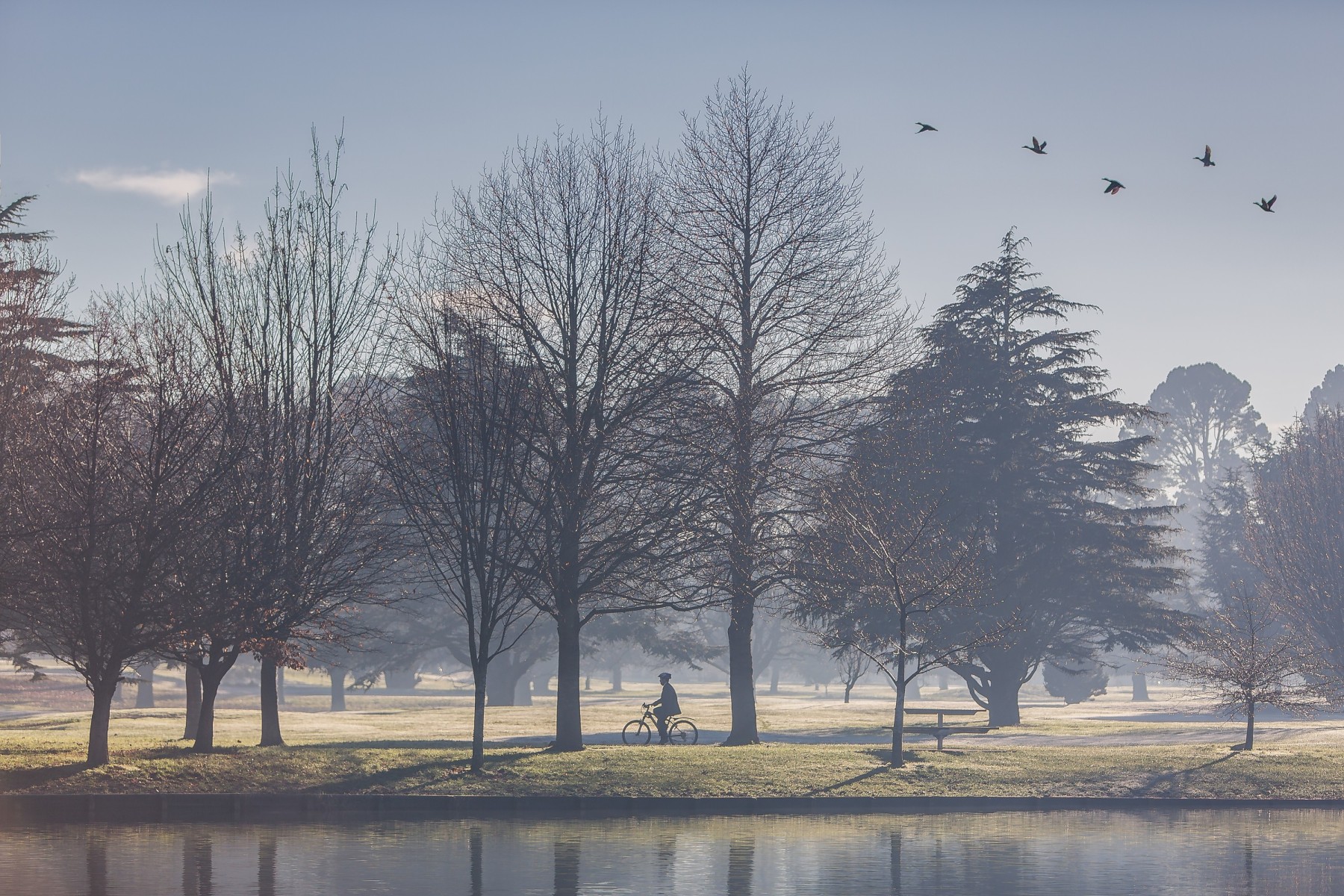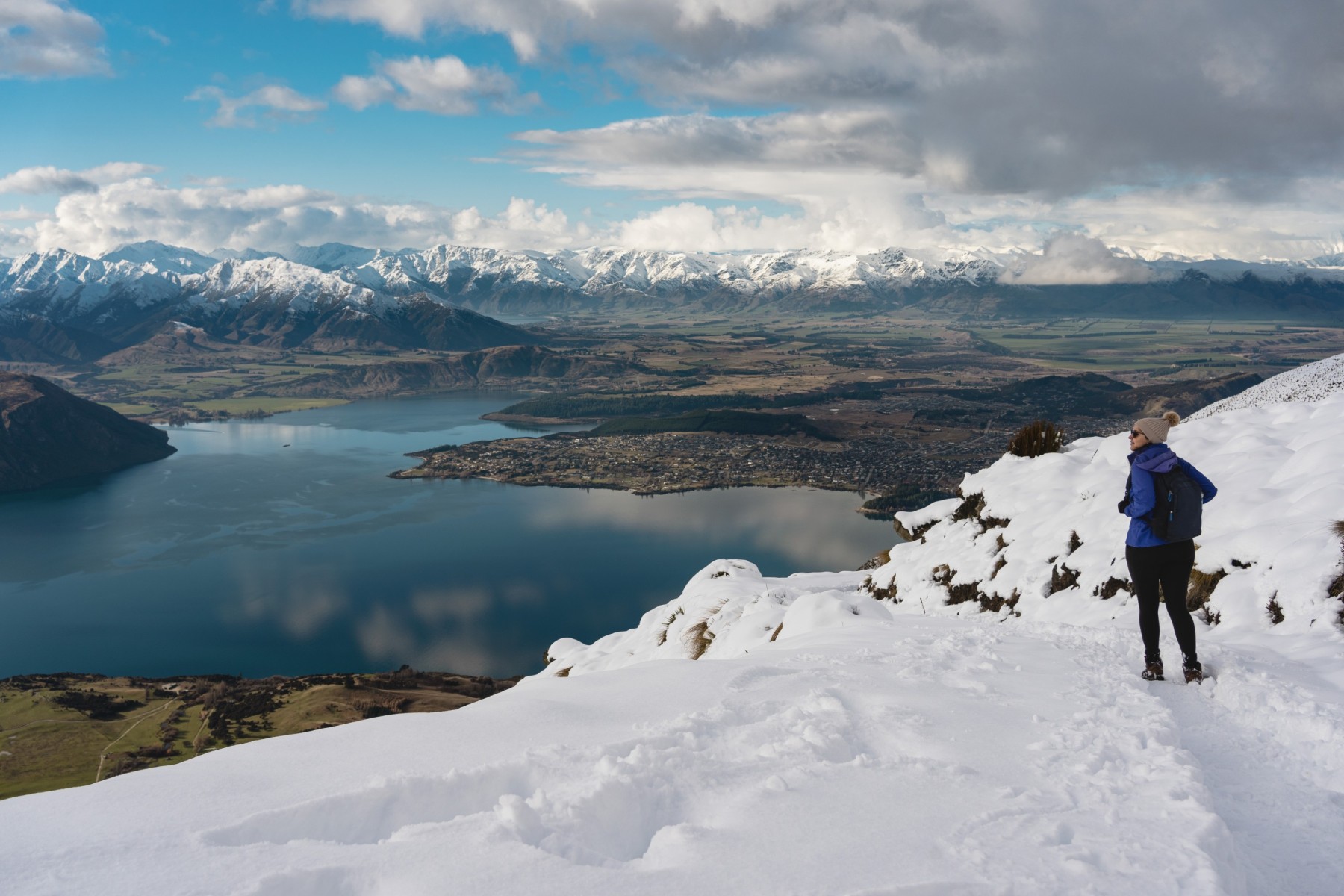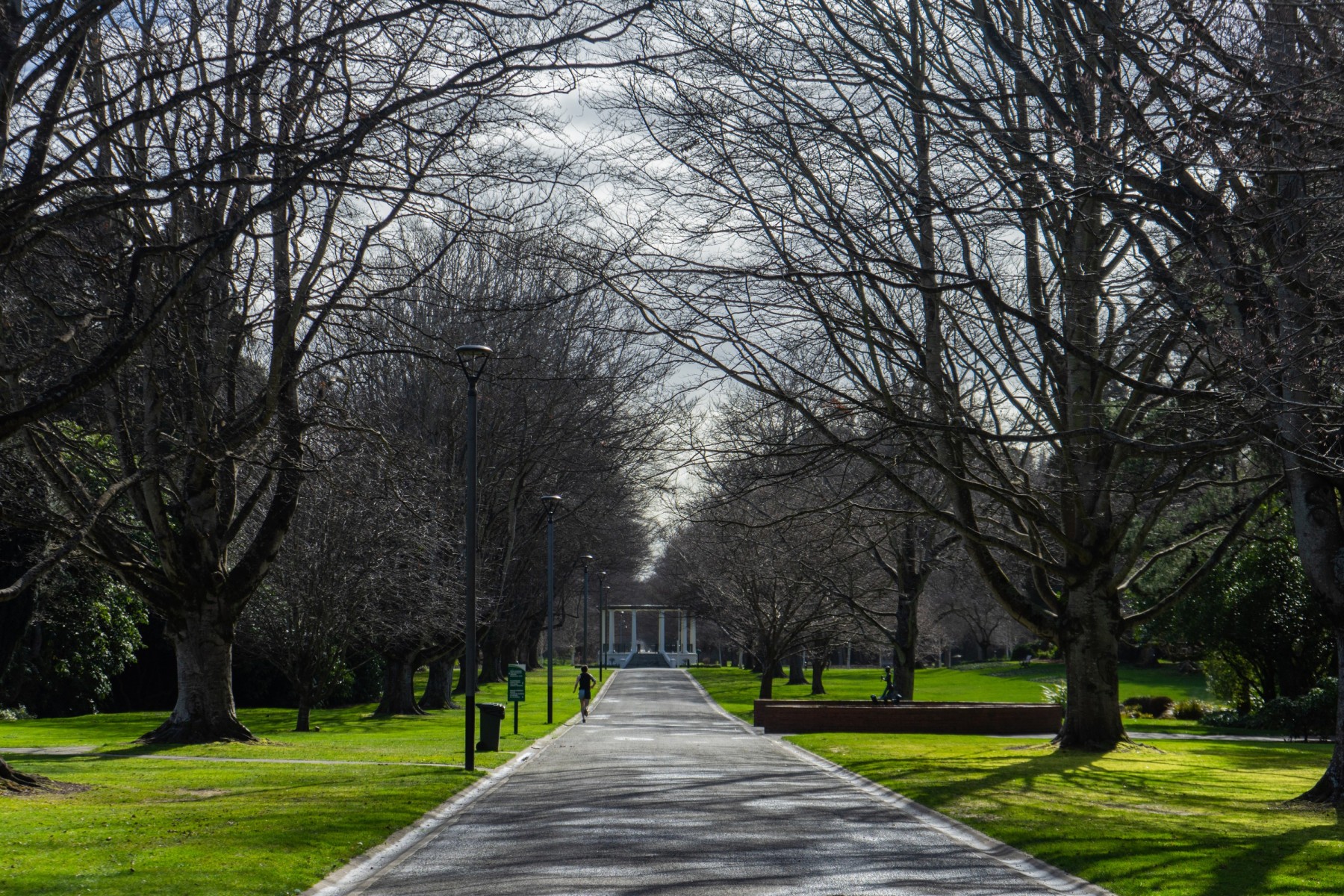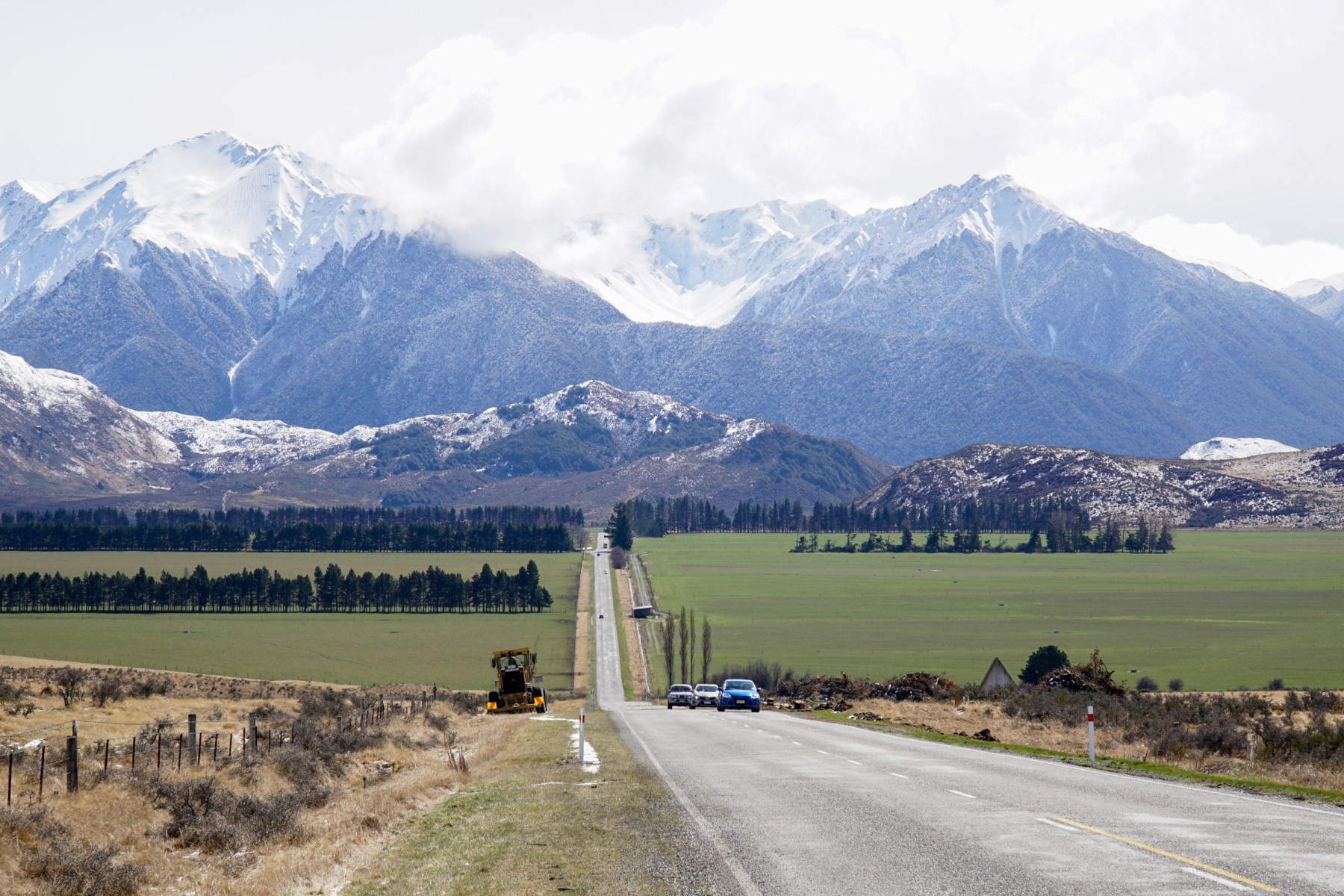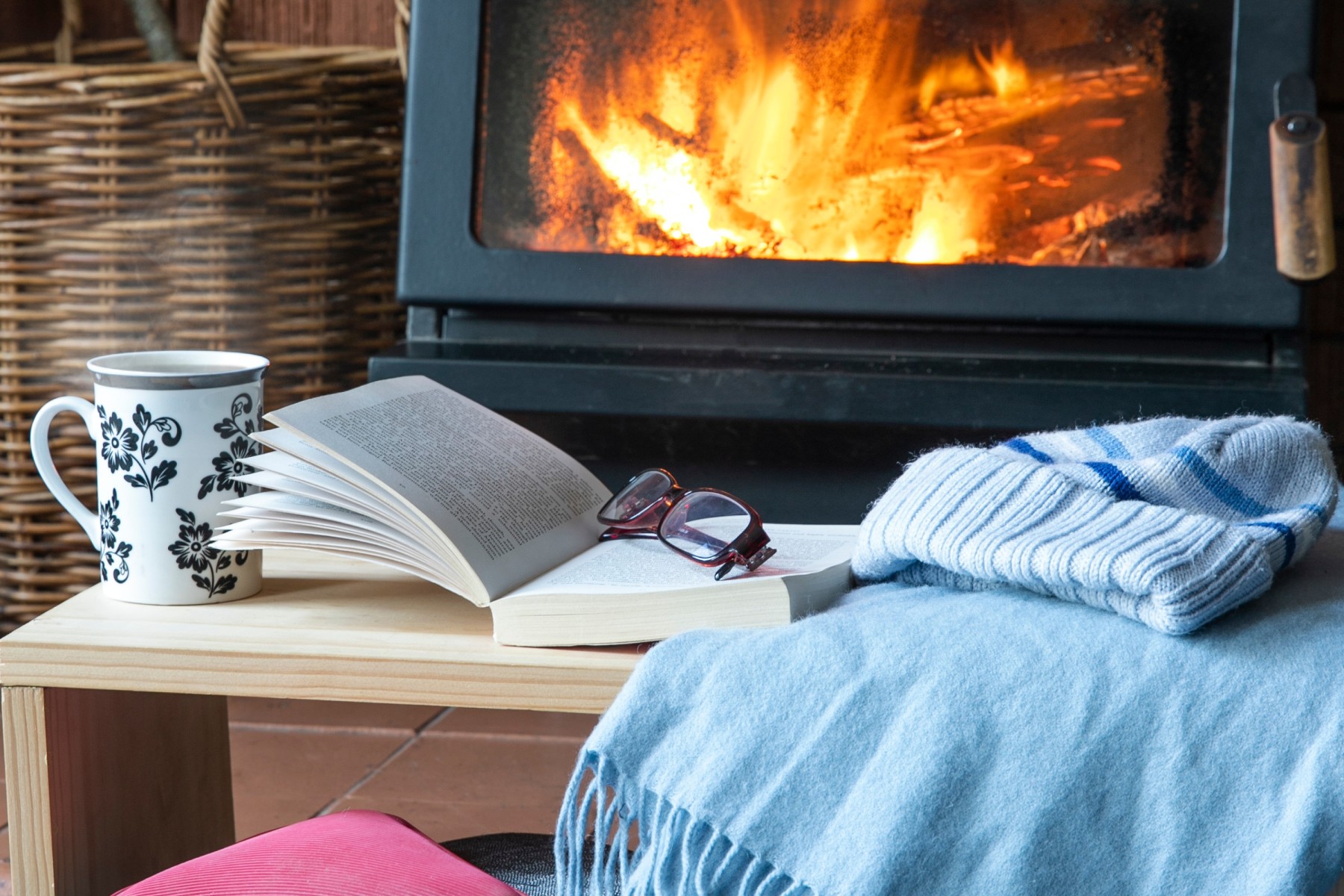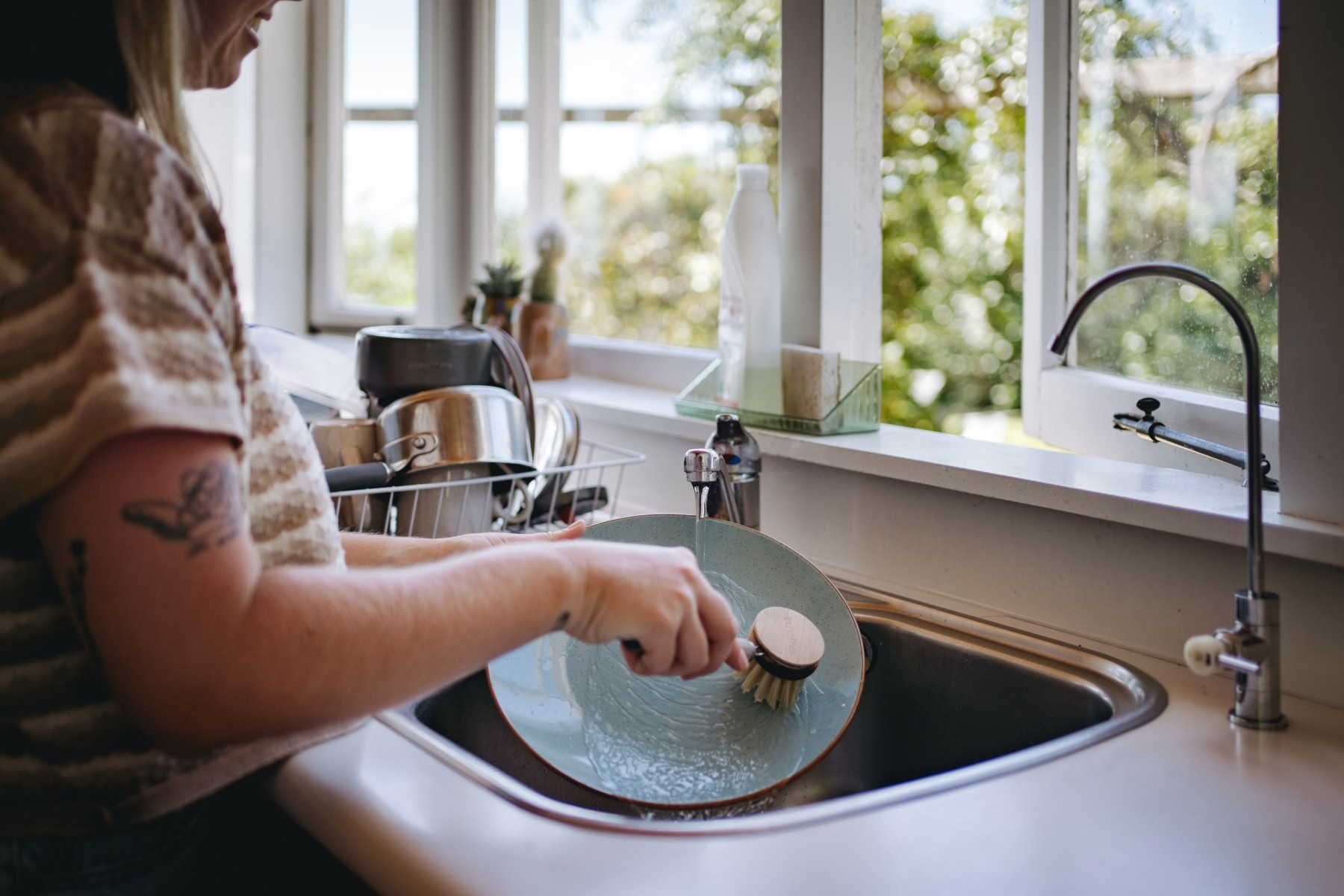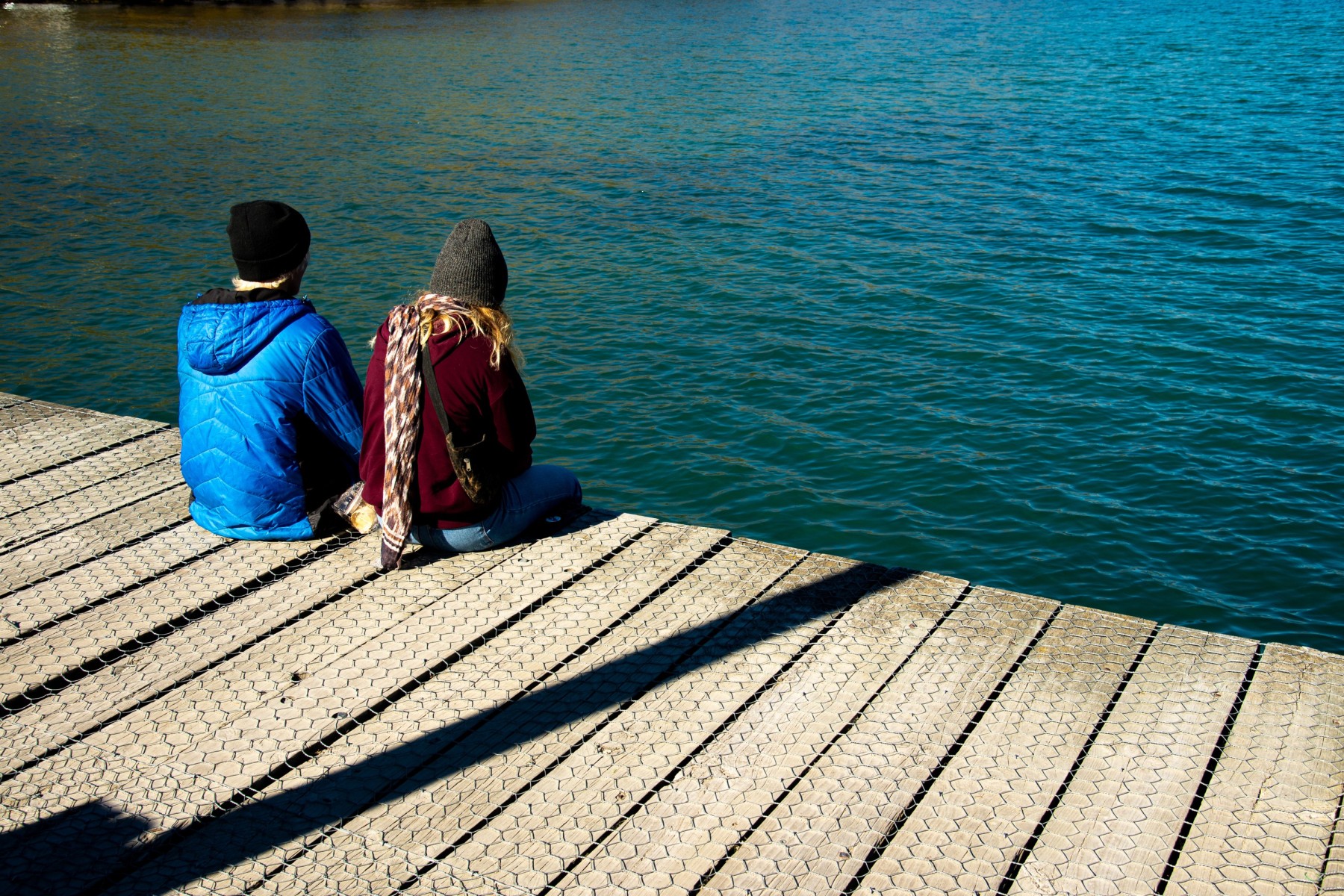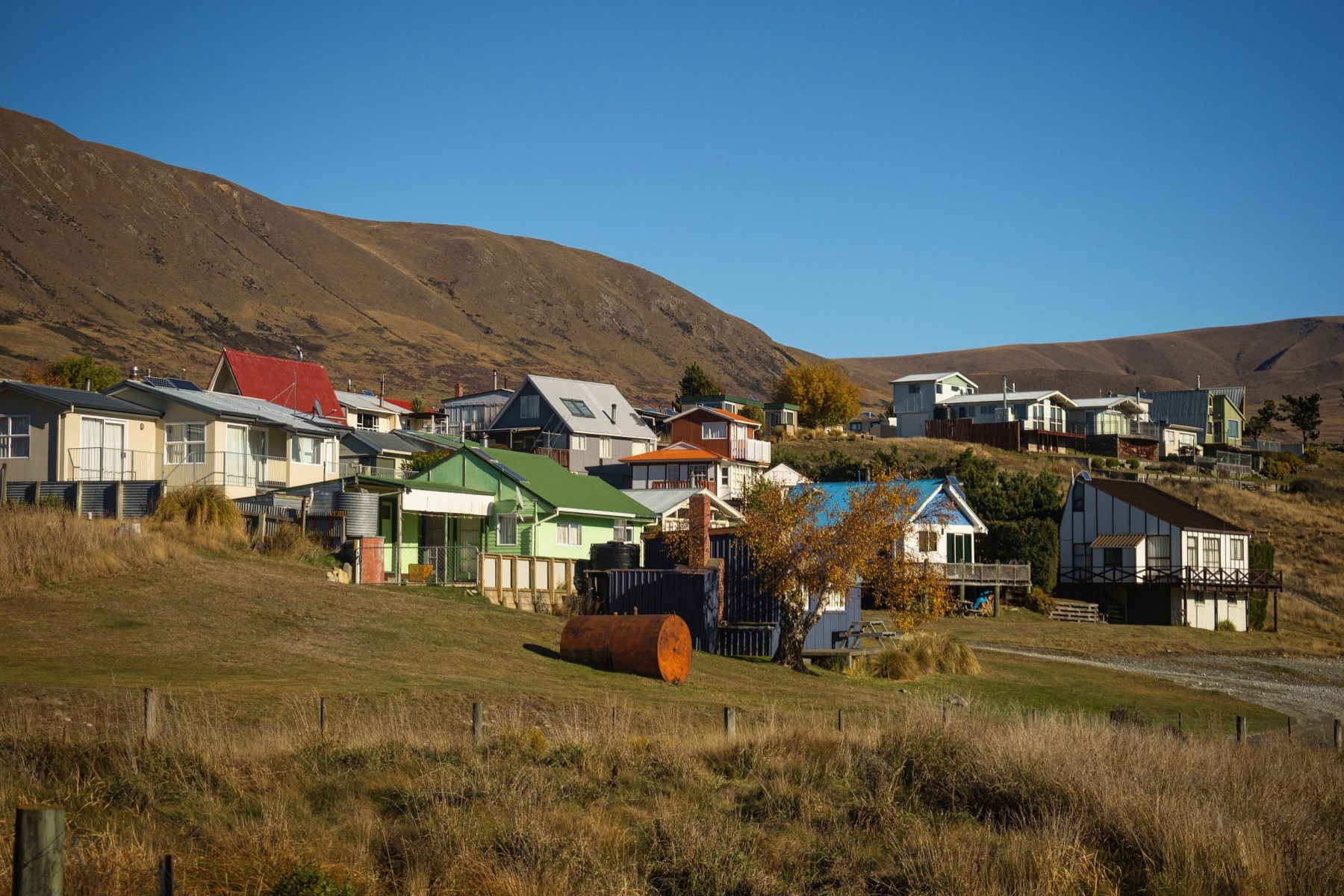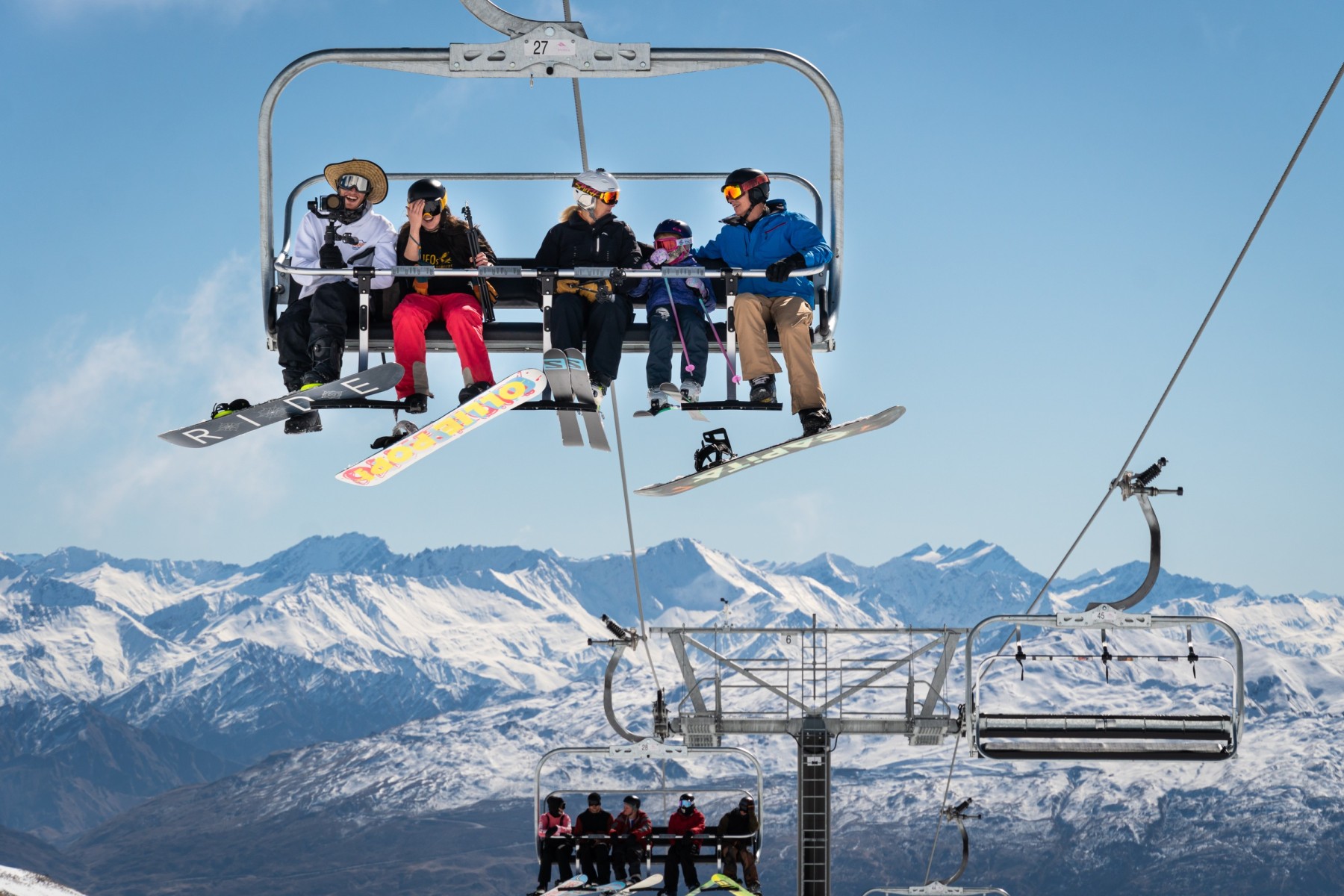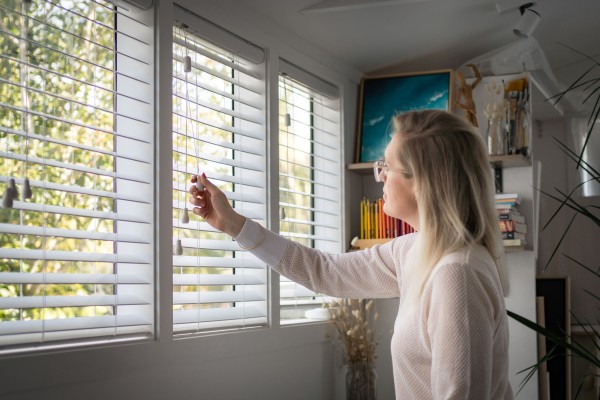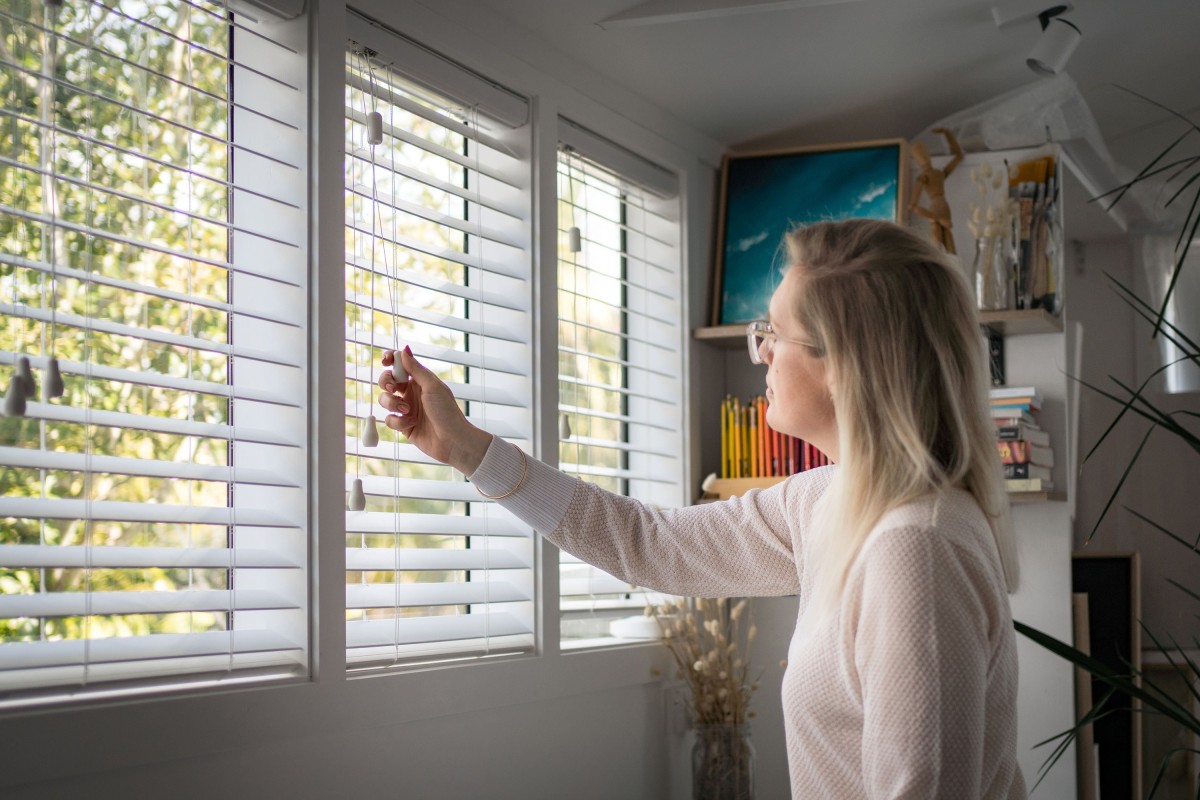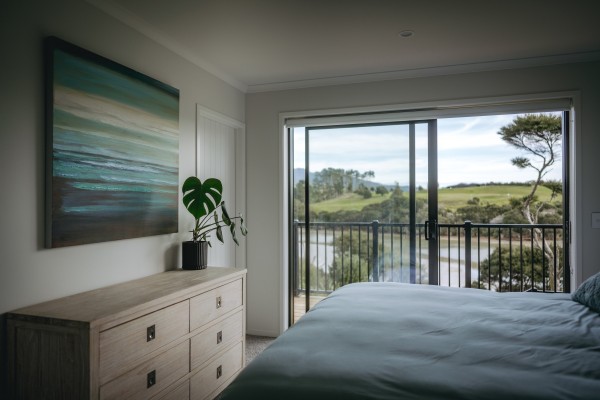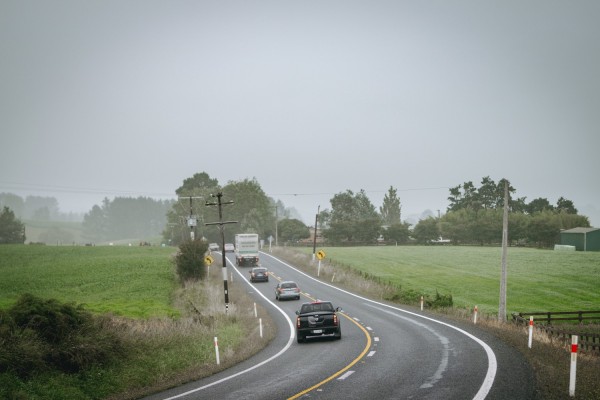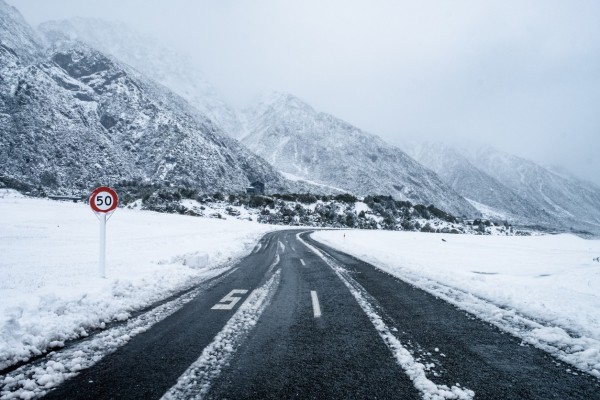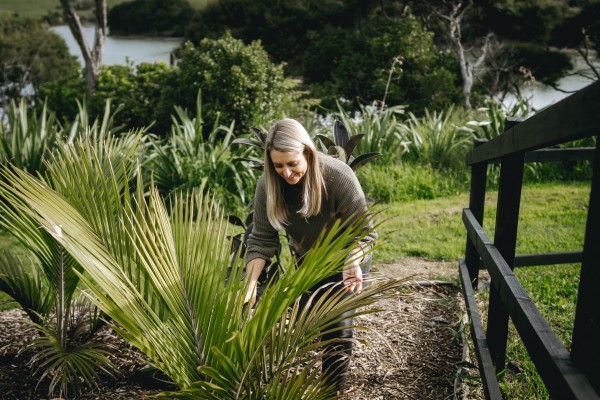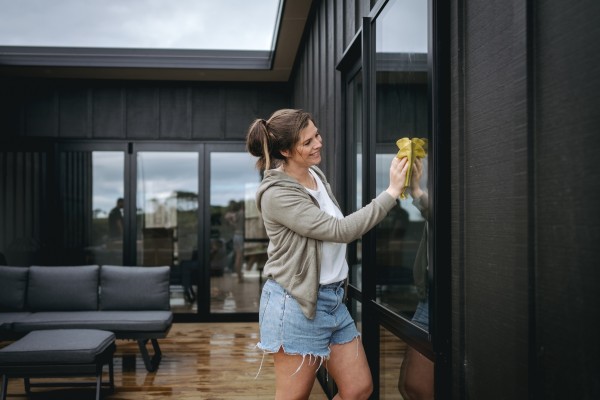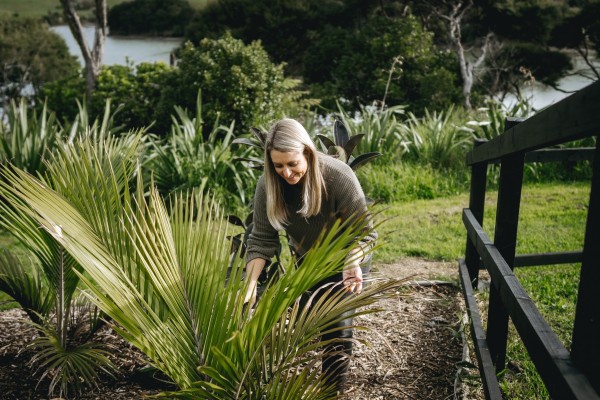How to survive (and thrive in) a New Zealand winter
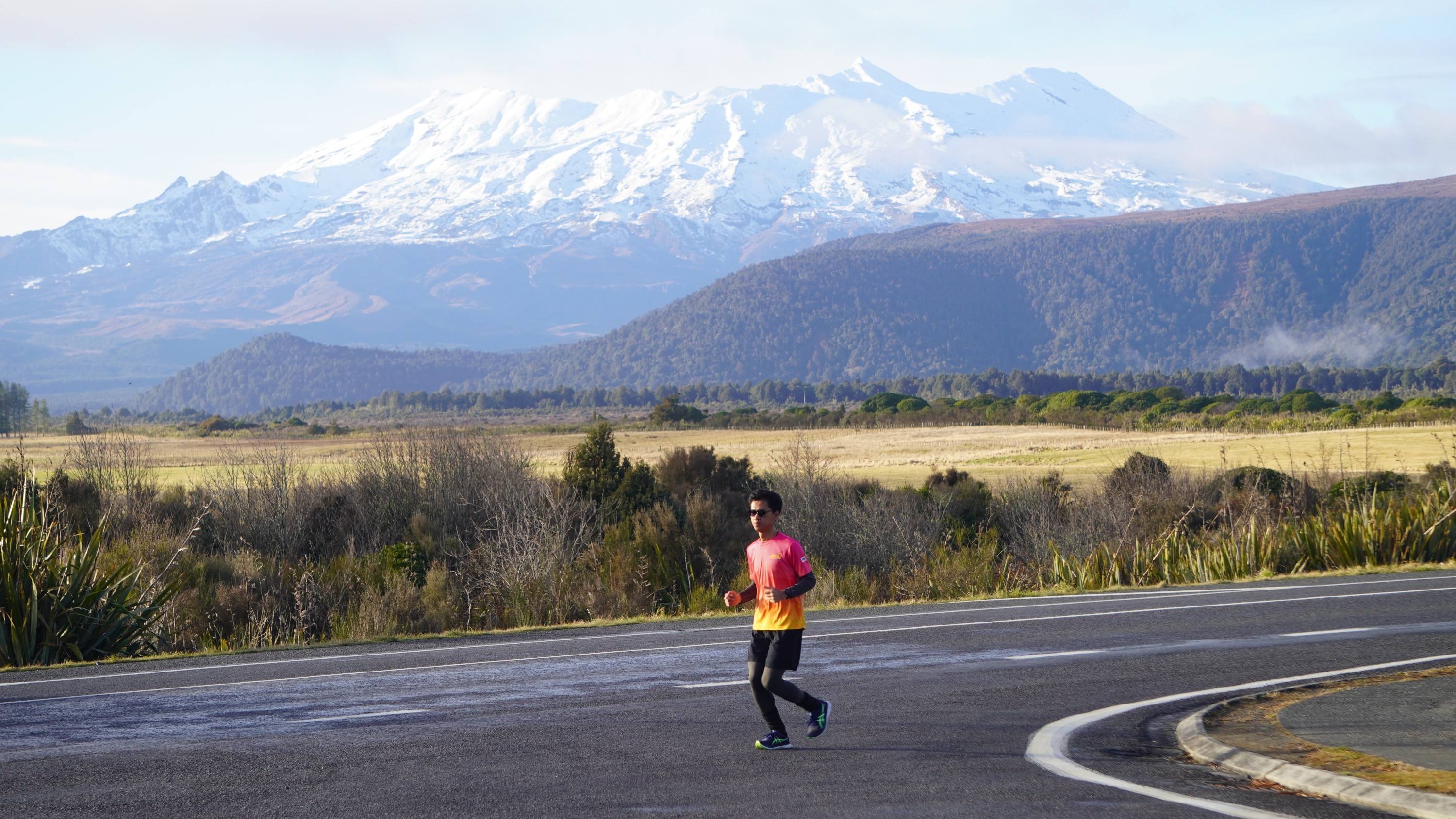
If you’ve recently moved to Aotearoa, you might be bracing for your first New Zealand winter. For those moving here from overseas, especially places with colder climates, you might wonder how it stacks up. While we may not have the deep freezes of Canada or Europe, the cold here can sneak up on you. You even feel it when you're indoors.
You may not need to prepare for Antarctica-level conditions, but there are a few things you'll need to do to ensure you’re warm throughout our coldest months and enjoy winter like a local.
What to expect from a winter in New Zealand
If it’s your first winter in New Zealand, it's easy to get caught off guard—especially when it comes to the different seasons. Since New Zealand is in the Southern Hemisphere, the seasons are the exact opposite of those in the Northern Hemisphere.
-
June marks the start of winter, with temperatures beginning to drop.
-
July is typically the coldest month of the year.
-
August is still quite chilly. Signs of spring don’t start to appear until September.
-
The shortest day of the year is the winter solstice, which usually falls on 21 June.
Winter according to region in New Zealand
Winter in New Zealand varies a lot, depending on where you are. Each region has a different climate.
Northland
Average winter temperature: 12°C to 17°C
It’s not called the ‘winterless north’ for nothing. Winters in Northland are more humid and wet than cold and frosty. You’ll often have warm and cool or temperate and sunny days. You might even see locals swimming in the sea in July. The only downside to a winter in Northland is that things can get a bit damp, for what feels like days on end.
Auckland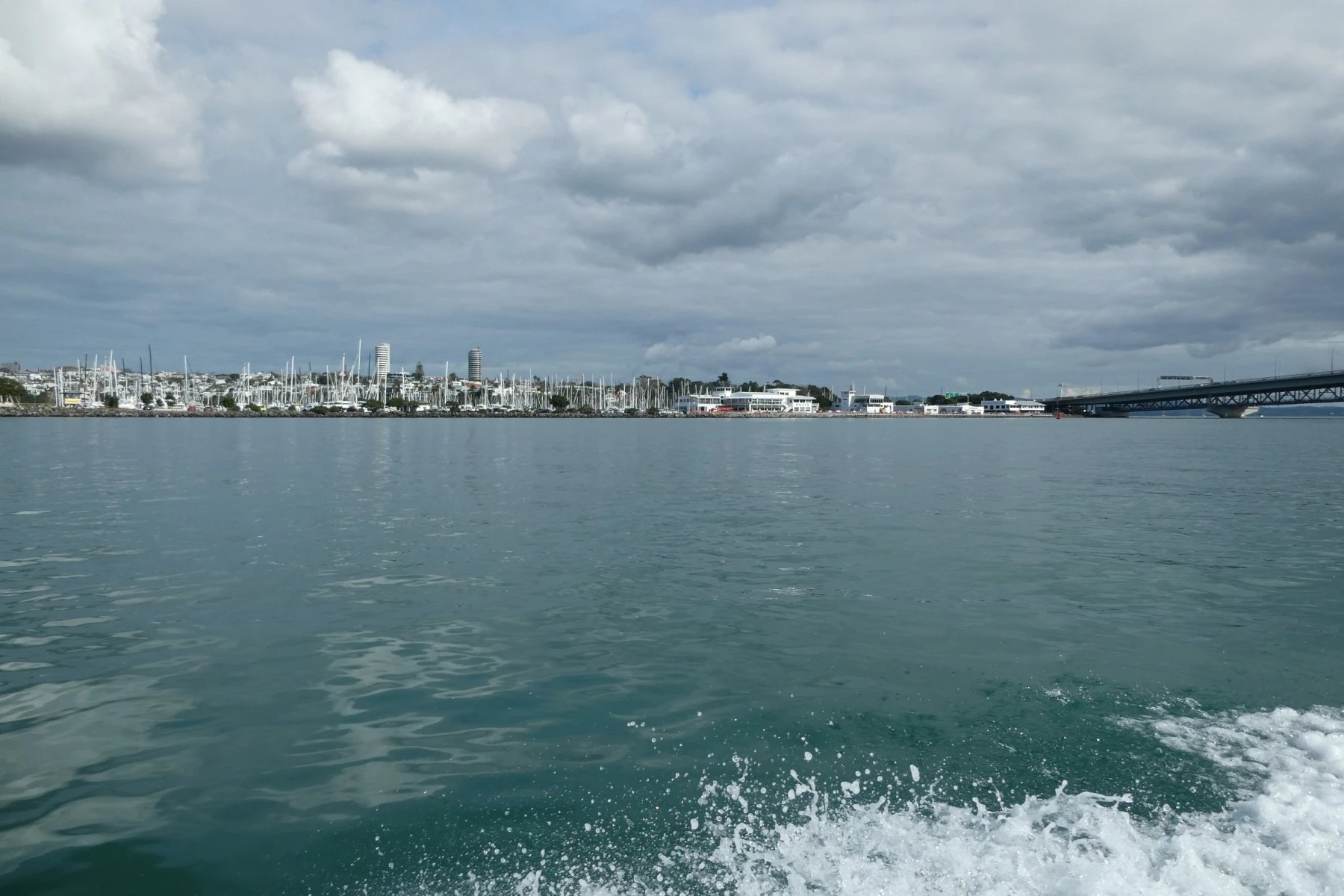
Average winter temperature: 8°C to 15°C
If you're up in Auckland, expect the classic ‘four seasons in one day’. It’s not unusual to experience sun, rain, wind, clouds and sunshine—all in a space of a few hours. While this can make dressing for the day somewhat difficult, you’ll quickly learn that layers, a waterproof, lightweight coat and an umbrella are your best friends. The temperature usually hovers around the low teens and it rarely gets frosty.
Hawkes Bay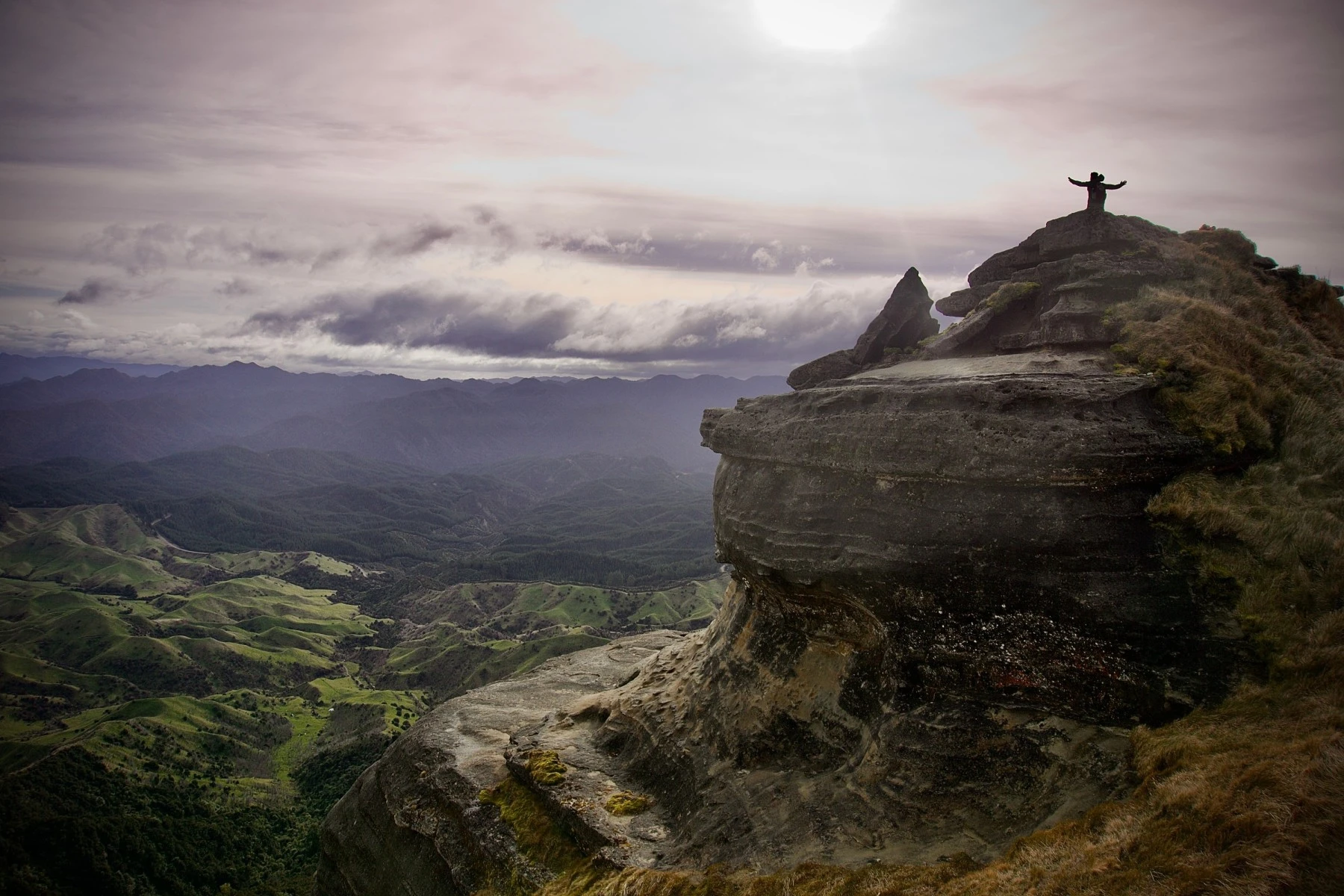
Average winter temperature: 5°C to 14°C
Hawke's Bay is one of the sunniest provinces in New Zealand. While you’ll certainly get lots of sunny days, it does get cold and frosty during winter, especially in the morning. Winter temperatures generally start low but can get up to 14°C, and while you’ll get your fair share of rain, there are often calm, clear days in between. It’s a great spot for winter walks, weekend markets, and enjoying the slower pace without the summer crowds.
Taranaki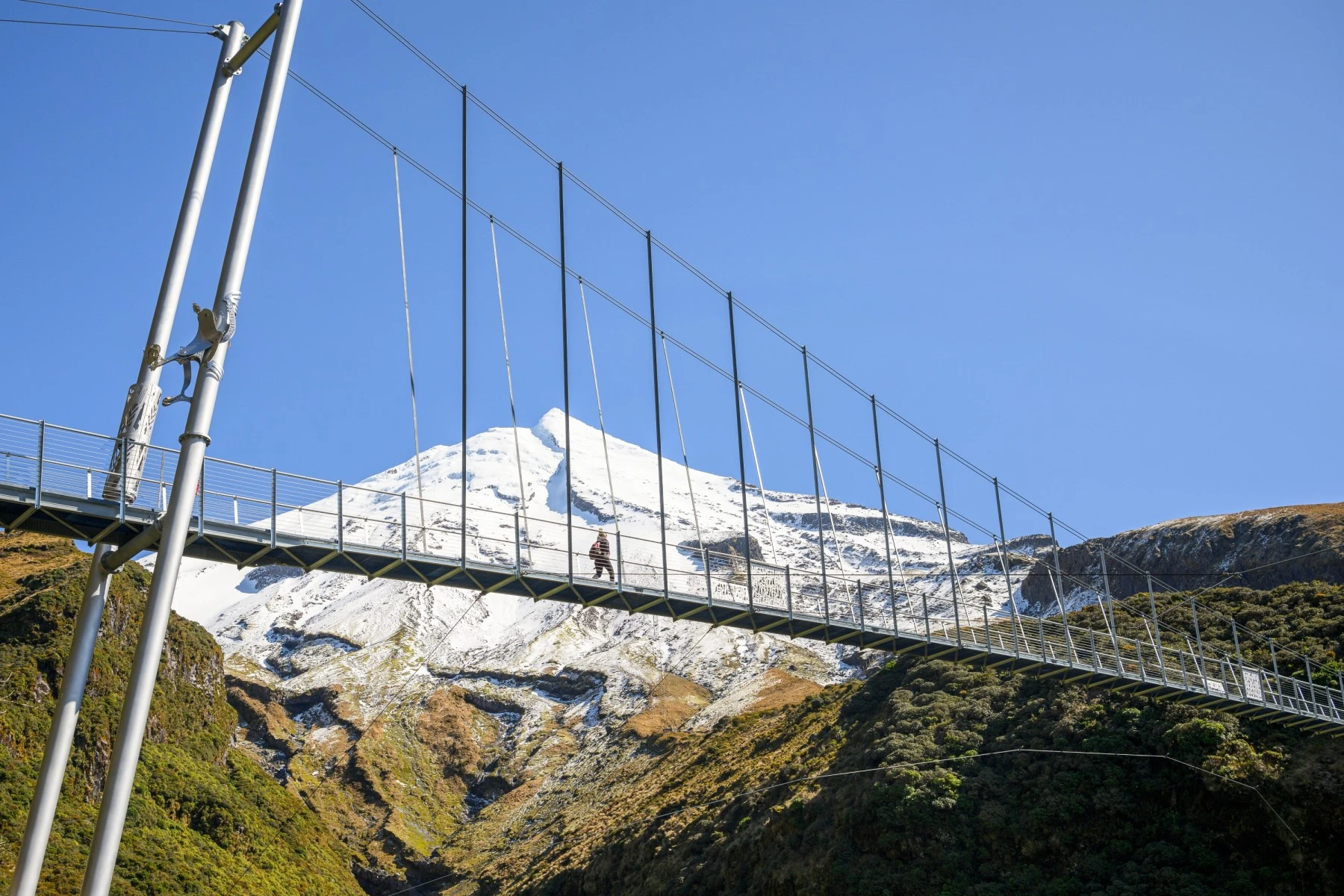
Average winter temperature: 3°C to 13°C
On the West Coast of the North Island, including cities like New Plymouth and Whanganui, winter brings a mix of cooler temperatures, coastal winds, and some rainy spells. Given that Mt Taranaki is on your doorstep, the temperature does get colder if you’re inland or close to the mountain. Taranaki can feel damp at times, especially in older homes, but you’ll also get the occasional sunny day to break things up.
Central North Island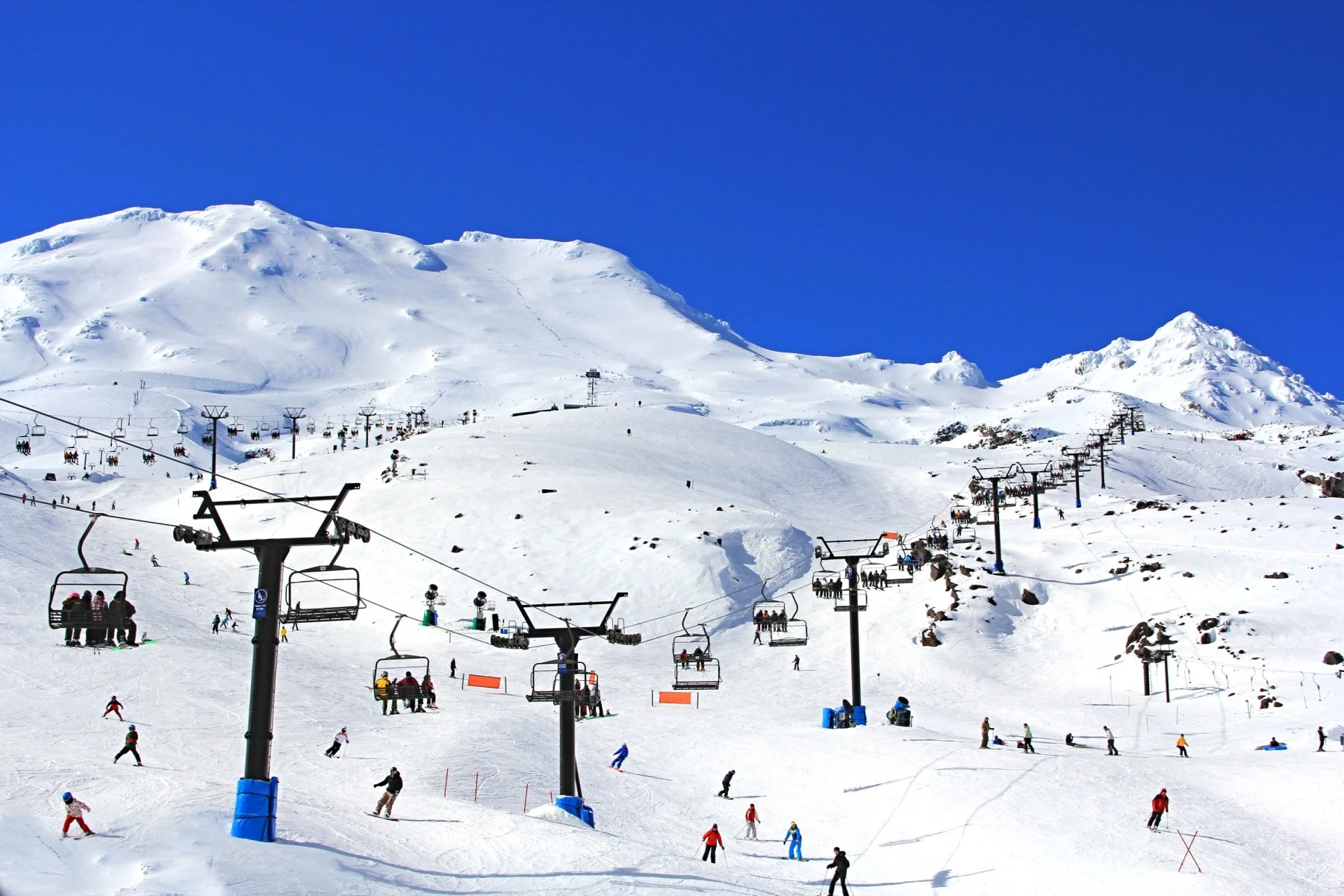
Average winter temperature: 0°C to 10°C
If you’re heading to the Central North Island, expect it to get properly cold at night. On the plus side, you can access snow sports around Mt Ruapehu and natural hot springs in places like Rotorua and Taupō. The feeling of steam rising from the springs around you can be magical after a long day of outdoor activities.
Wellington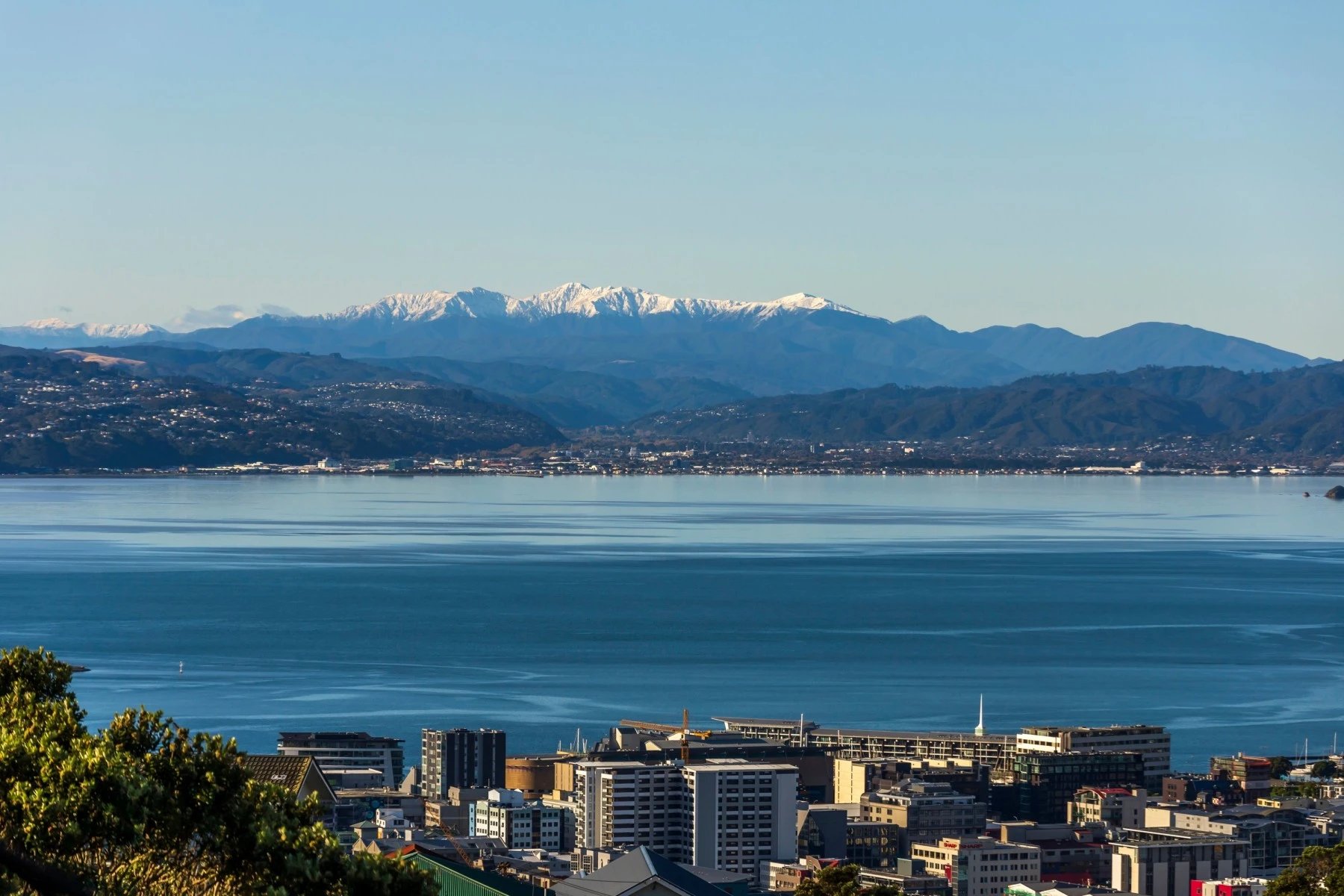
Average winter temperature: 7°C to 12°C
There’s a reason the ‘you can’t beat Wellington on a good day’ saying exists. It’s because winter in Wellington can be pretty rough. While it doesn’t often get down to zero overnight, brace yourself for cold gusts of wind and lots of rain. The ‘Windy City’ lives up to its name in winter, but the temperatures aren’t extreme. They usually sit between 7 and 12°C and only dip lower than 5°C on the coldest days.
Christchurch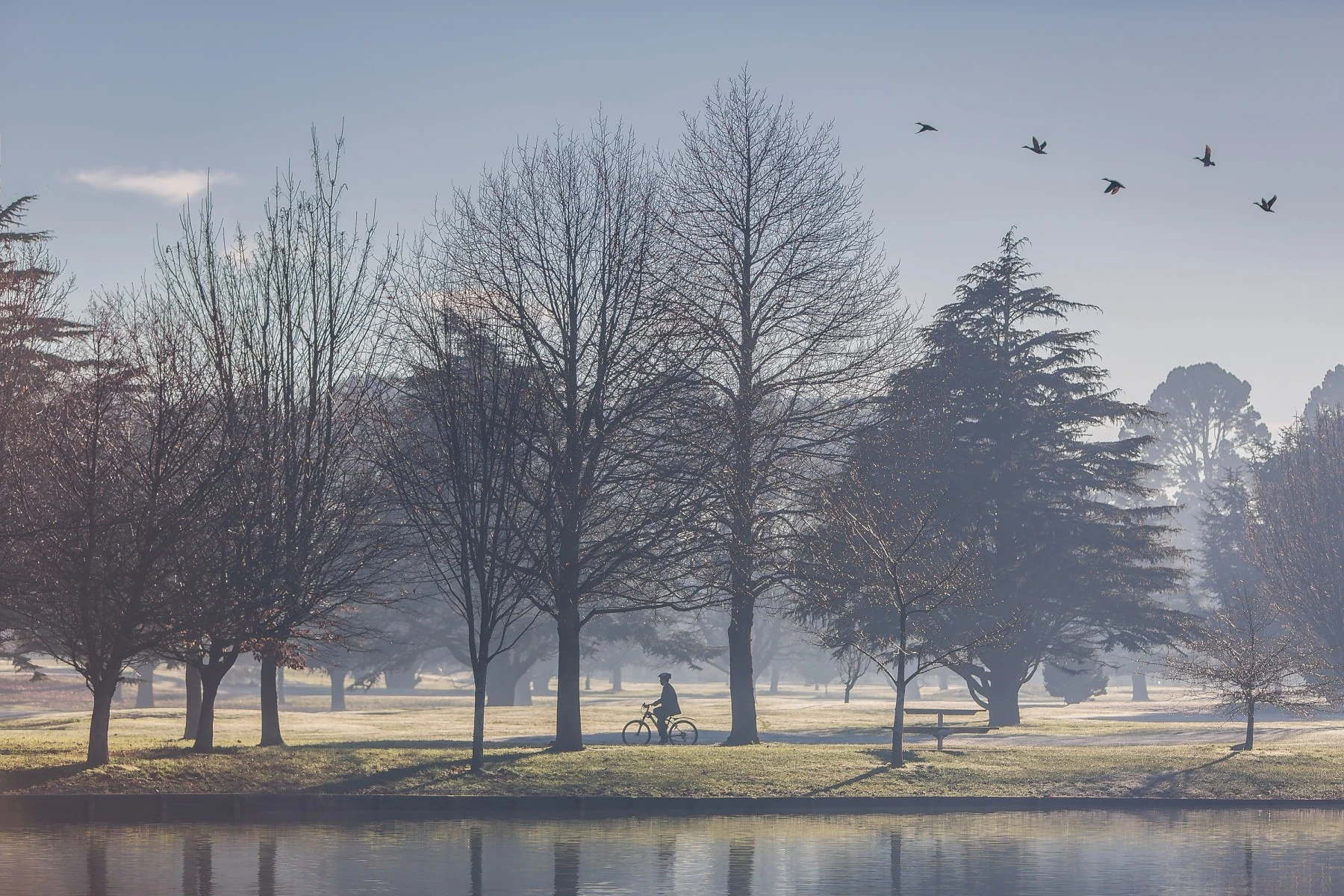
Average winter temperature: 1°C to 11°C
If you love winter, Christchurch is one of the best places to be for the coldest months of the year. The weather is cold, but it's often bright and sunny with those crisp, clear winter days that make you want to get outside. A good wool coat, down jacket, woolly hat and gloves will mean you’re prepared for the cold. This means can enjoy everything from outdoor markets to exercising in Hagley Park without feeling the chill.
Central Otago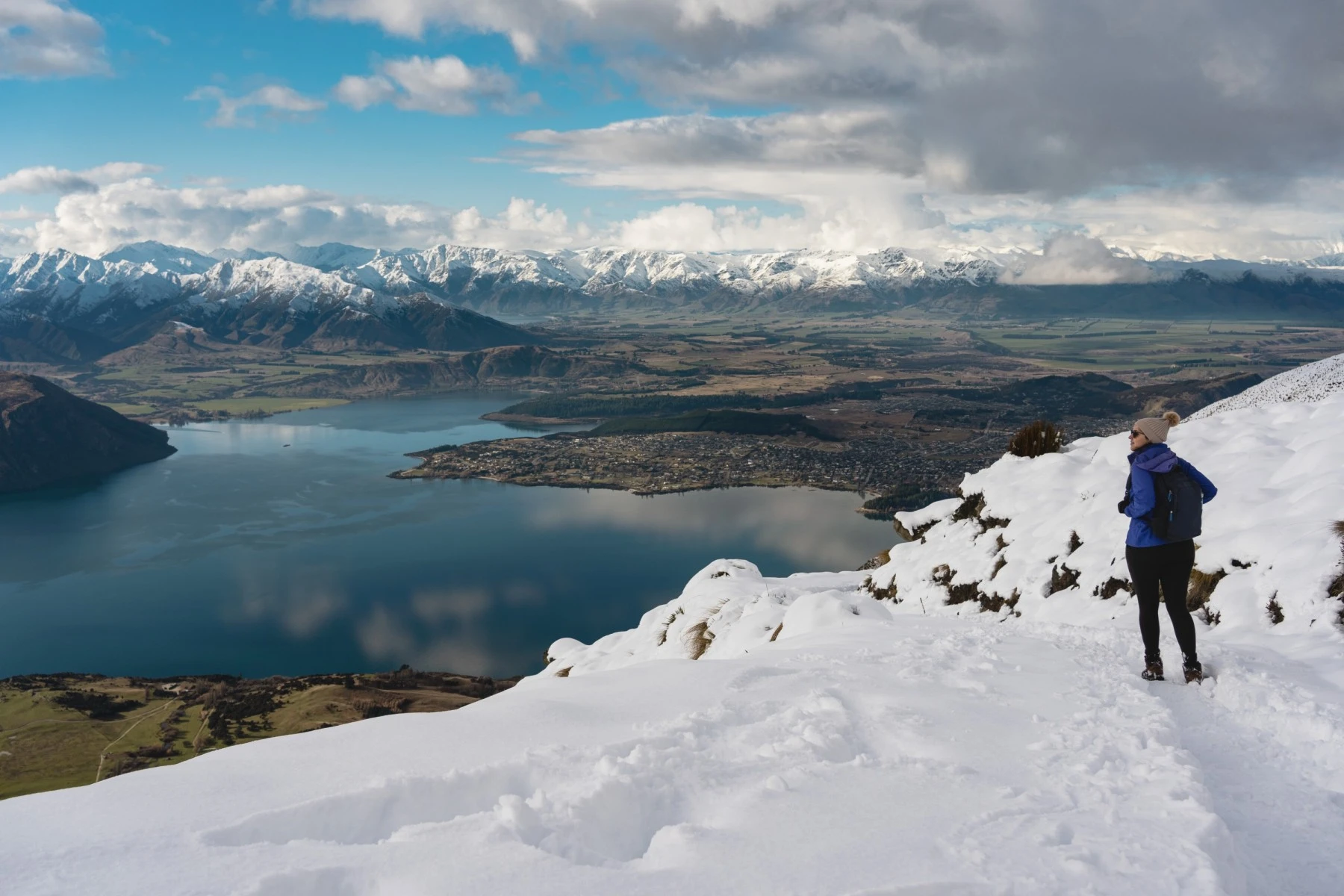
Average winter temperature: -6°C to 15°C
If you're heading to Central Otago or Queenstown, you’re in for a true winter wonderland. It’s cold, yes, but perfect for skiing, snowboarding, or just enjoying the alpine vibes. Wanaka, Cromwell and Alexandra get plenty of sunny days during winter that are perfect for mountain biking or hiking. Homes in this region are often better prepared for winter with proper heating and insulation.
Southland and the West Coast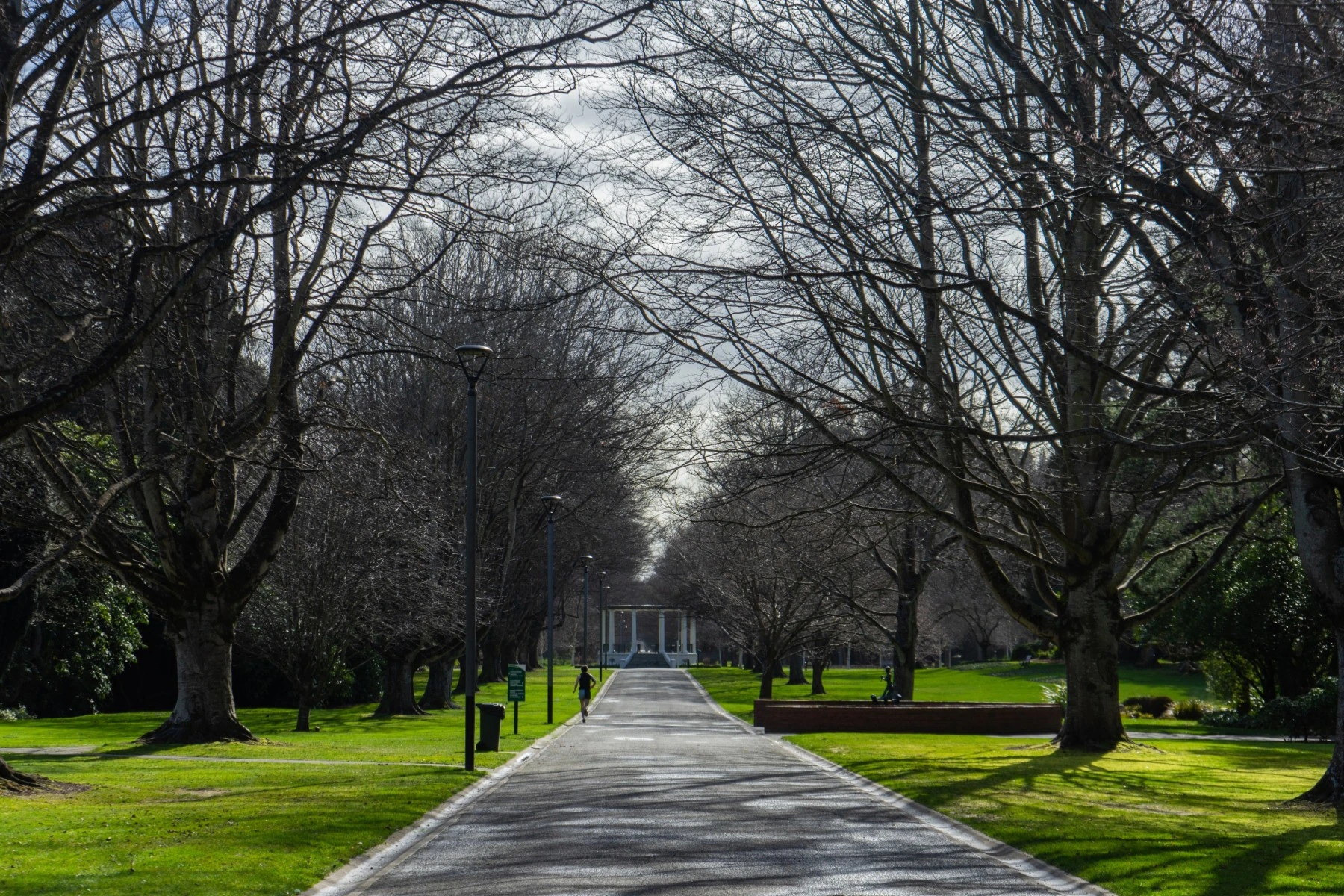
Average winter temperature: 4°C to 10°C
We’re not going to lie, Southland can feel a bit more rugged in winter. As the Southland’s wind often comes directly from Antarctica, grey skies, cold rain, and a damp chill that sticks around are pretty common. If you’re heading to the south, it's a good time to lean into indoor activities and comforts. Fortunately, Invercargill has a wide range of great indoor facilities—from its city library to a large sports centre, swimming pool, and indoor velodrome.
West Coast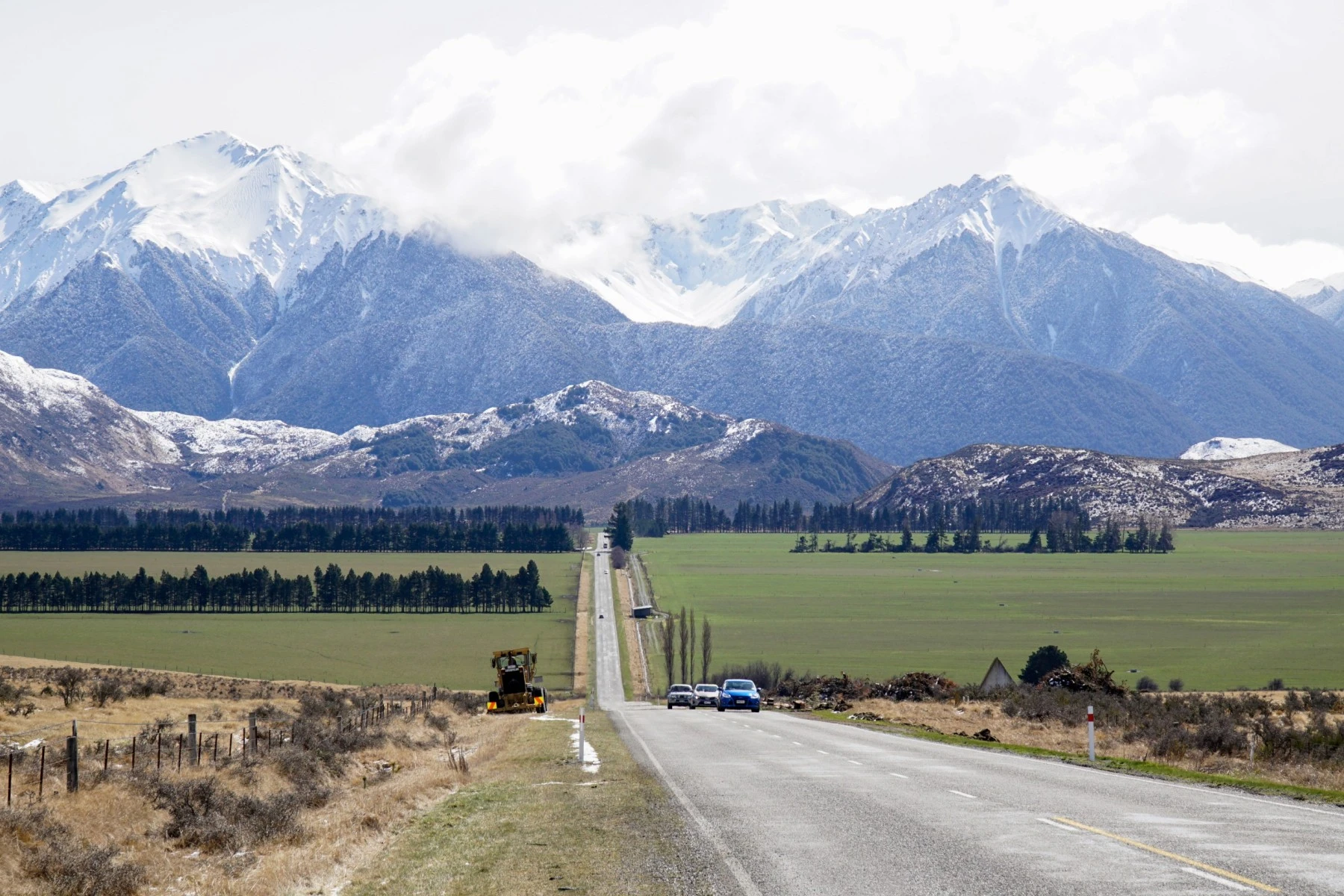
Average winter temperature: 11°C to 13°C
The West Coast is warmer and less windy, usually with a temperature between 11° and 13° during the day. It does, however, get a lot of rain over the winter. It can get a lot colder up into Lewis Pass and Arthur Pass. While outdoor pursuits like hunting, fishing and hiking are popular, just make sure you’re prepared for the rain.
Why is New Zealand so cold in winter?
You may be wondering why these seemingly cold and slightly chilly temperatures make New Zealand so cold compared to other, even colder climates. It’s not that temperatures plunge to Antarctic levels, but the way homes are built here that makes it feel colder than overseas.
If you’ve just moved to New Zealand, especially from somewhere with central heating, double-glazing, or decent insulation, winter might come as a bit of a shock.
Fortunately, there are ways to survive (and even enjoy) the winter months while you are here.
How do you survive a winter in New Zealand?
Invest in staying warm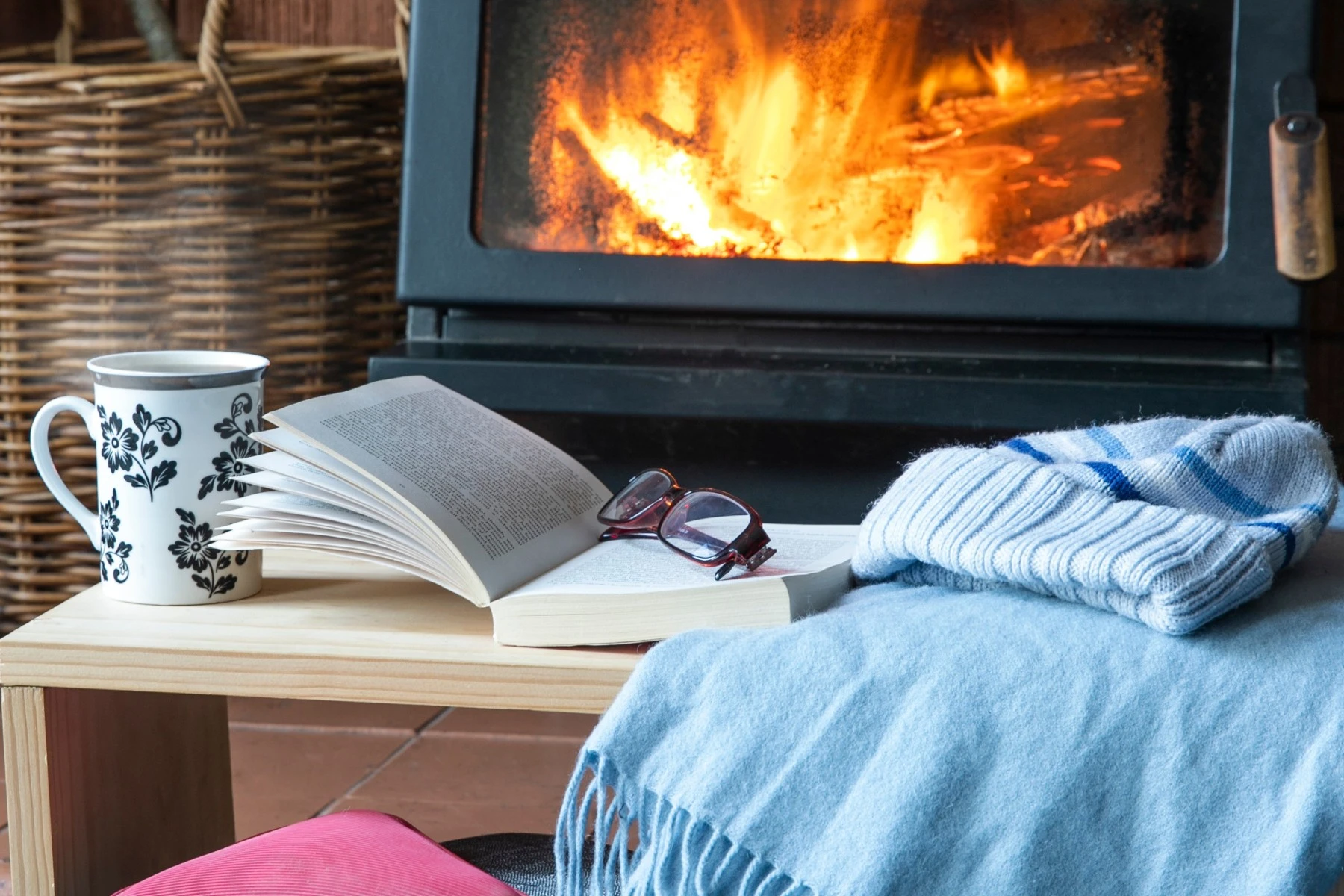
New Zealand homes are often under-insulated. Many older properties have single-glazed windows, little to no underfloor insulation, and no central heating. This means that even when it’s 10–15°C outside, it might be the same, or colder, inside your home.
New Zealand heating standards have improved over the last few years. Rental properties now need a fixed heater in the living room, and homes must be able to hold an average temperature of 18°. Even so, the lack of insulation can make bedrooms very cold and homes hard to retain heat, which gets expensive. Luckily, there are a few things you can do to make your home warmer for the winter months.
Tip: Buy a portable heater
Portable heaters in the bedrooms can make a big difference. Fan heaters work well for small spaces and will heat the room quickly, but they can be expensive to run. A cheaper option is an oil column heater. They provide a steadier, longer-lasting warmth. Look for a heater with a tip-over switch for safety.
Tip: Buy winter warmers
While in many countries you can simply switch on the central heating, in New Zealand most homes have a heat pump, fireplace or wall heater. While this means your living space will be warm, the rest of the house won’t benefit from this type of heating. You may need to invest in a few extra winter warmers to stay comfortable.
Consider buying a few of these items to stay toasty:
-
An electric blanket
-
Fleece sheets
-
Ugg boots
-
Flannel pyjamas
-
Hot water bottle
-
Wool blanket
Tip: Buy wood early
If you're in a house with a wood burner, make sure to buy firewood early in summer or autumn at the latest. Not only is it cheaper, but dry firewood becomes harder to find (and is more expensive) during winter.
Deal with damp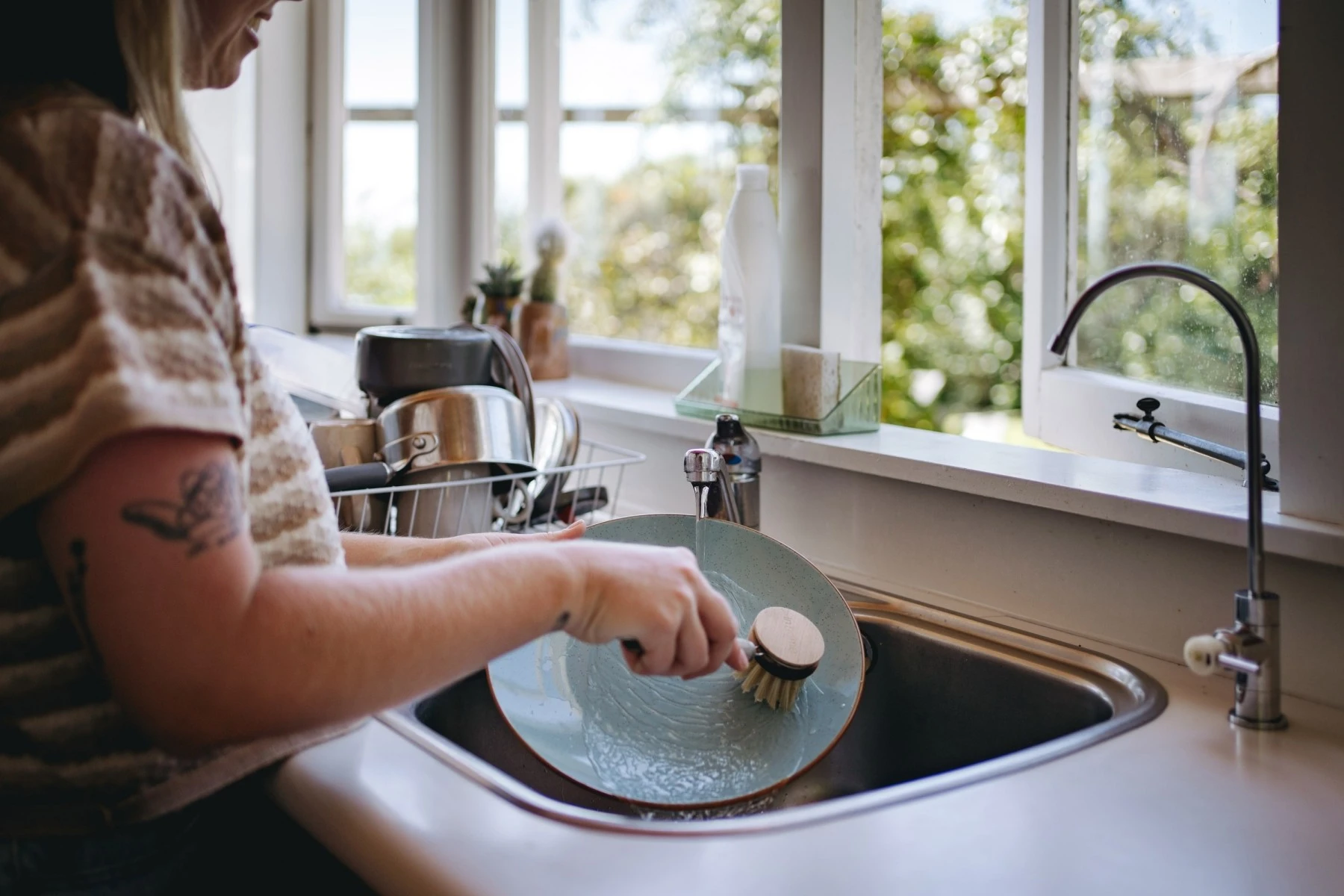
Many New Zealand homes aren't airtight and have minimal insulation. This can lead to mould, condensation, and respiratory problems. Make sure you air out your home every day by opening the windows. The best time to do this is when you get home from work or when you get up in the morning if it’s a weekend. Fresh air will prevent mould and mildew and is easier to heat than stale, damp air.
Additionally, make sure you run fans in any wet areas, like the kitchen and bathroom during cooking or showering.
Tip: Get a dehumidifier
To deal with dampness, invest in a dehumidifier. You can find cheap ones at places like the Warehouse, or mid-priced ones on sale at Briscoes. Running a dehumidifier during the night is the best way to keep your house free of damp. You will not only protect your health, but your home will also be easier to heat as dry air heats up faster than moist air.
Dress for the conditions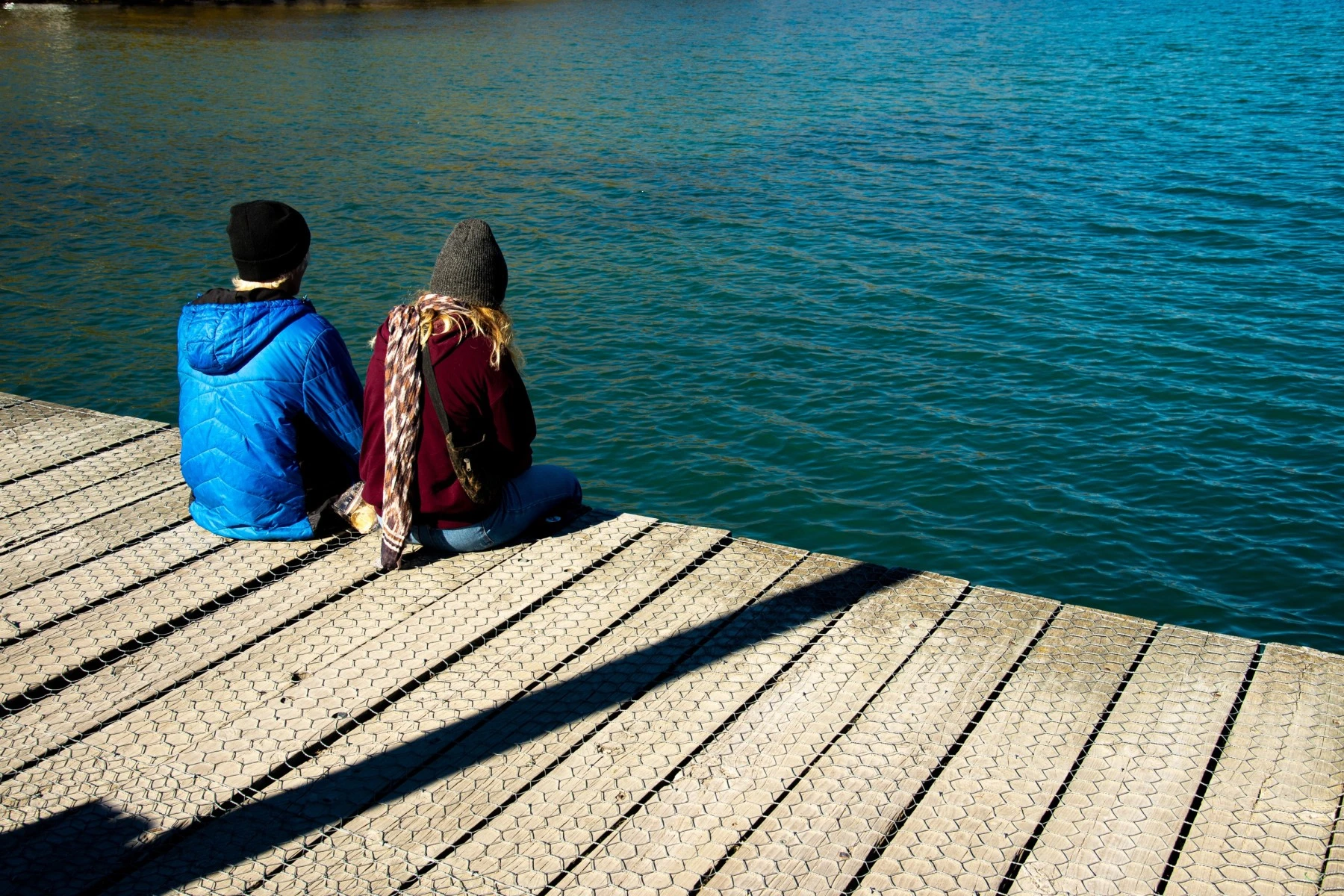
The key to being comfortable during a New Zealand winter is dressing properly. While you might be used to layering your clothing to go outside, you’ll need decent thermals and quality natural fibre clothing to keep you warm inside during winter. You can find quality gear at places like Alchemy Equipment, Kathmandu and Icebreaker.
Invest in three areas:
-
A good set of thermals, made from merino wool if possible.
-
Long-sleeved tops in natural fibres that are breathable, like cotton or bamboo.
-
Wool knits, cashmere, or fleece sweatshirts for your final indoor layer.
Tip: Invest in multiple jackets
No matter where you live, you’ll need to invest in a proper winter jacket. A good wool coat is a great option for cold but dry climates. If you’re heading somewhere snowy, make sure you invest in a puffer jacket or down jacket. For more temperate climates, a waterproof jacket will be your go-to. In Wellington, you might want to invest in all three types.
Tip: Buy winter accessories
If you’re living somewhere where the weather drops below 10°, invest in wool socks, gloves, scarves, and beanies. The wind chill in New Zealand can make it feel a lot colder than the actual temperature.
Utilise the sun whenever you can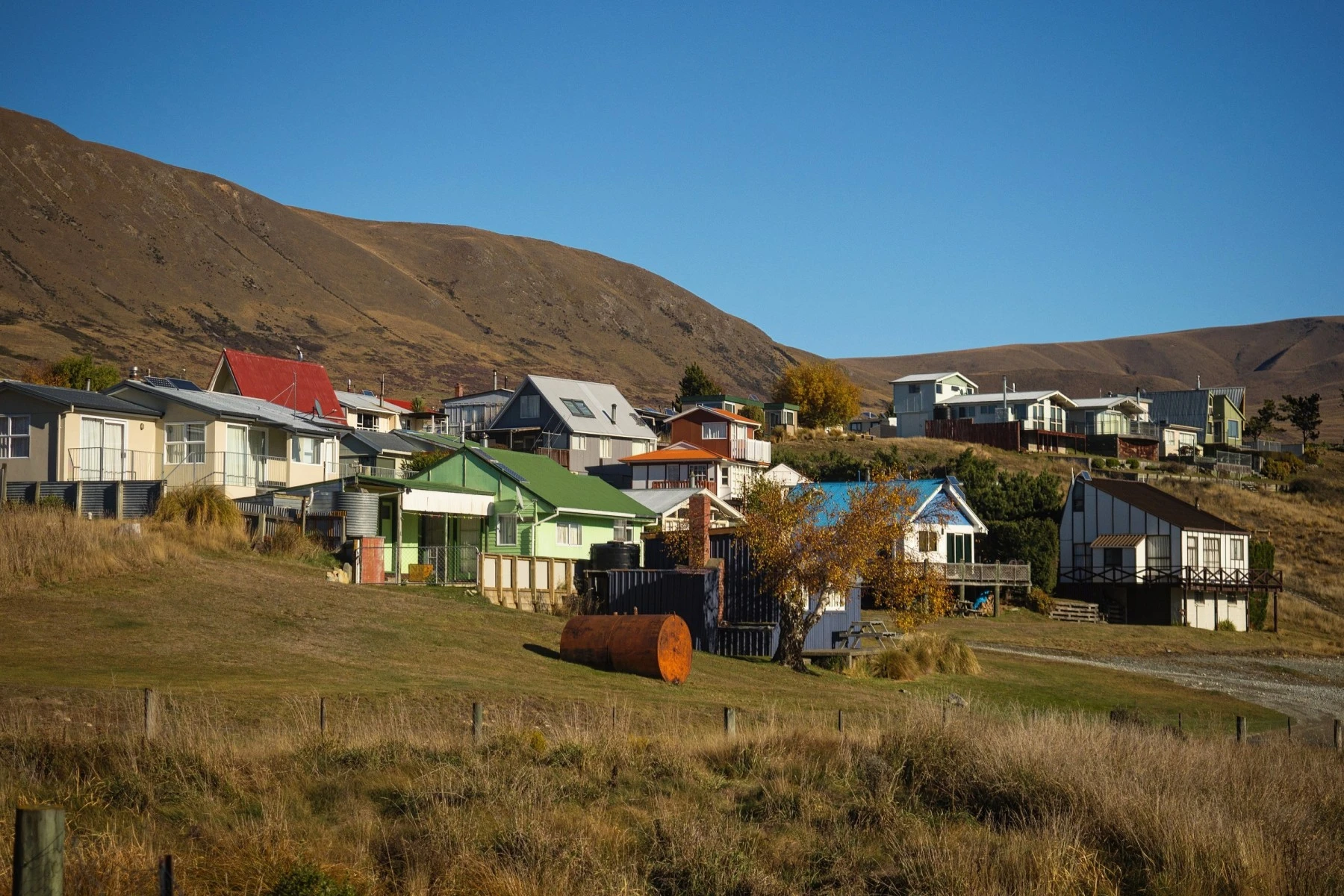
One of the benefits of a New Zealand winter is that they aren’t completely grey. In fact, on clear days, the sun is quite strong—thank you ozone layer. To make the most of the sun, make sure you open the curtains of your house every day to let as much sunlight in as possible. You’ll be surprised by how much your home will warm up. Plus, this can reduce your electricity usage throughout the day and boost your mood.
Tip: Look for a sunny property
When you’re house hunting, prioritise looking for a house or a rental that gets a lot of sun.
Move your body
One of the upsides of a New Zealand winter is that even in July, the sun doesn’t set super early. In most parts of New Zealand, it’s still light until around 5 pm. This could be a big win if you’ve come from the UK or Canada, where the sun can set at 3.30 pm. Even so, it’s tempting to go into hibernation mode once winter hits. Try to avoid going straight home after work each day.
Tip: Get a gym membership
Heading to the gym, a nice warm pool or sauna or booking a group exercise class is a great way to get your endorphins flowing, boost your mood and prevent the nights from feeling quite so long.
Tip: Make the most of your lunch break
If you can, get out for a walk during your lunch break, especially on days when the weather is nice. Walking is a great way to stay fit and get some steps in each day.
Eat well and stay healthy
In New Zealand, you’ll find that it’s cheaper to eat seasonally. This means during winter, the most affordable food is hearty. Think pumpkin, leek, kumara, potatoes, onions, celery etc. It’s the perfect excuse to make soups, casseroles, and stews. Home cooking will keep you warm and ensure you’re getting enough nutrients to ward off colds and flu.
Tip: Buy your groceries at the market
Instead of shopping at the supermarket, head to your local farmer’s market on a Saturday or Sunday. You’ll find these in cities and towns throughout the country. The price of food in New Zealand is quite expensive, and this can help you save more than a few dollars per item every time you shop. Don’t have a market near you? Try Pak n Save, it’s the cheapest supermarket of the lot.
Embrace winter culture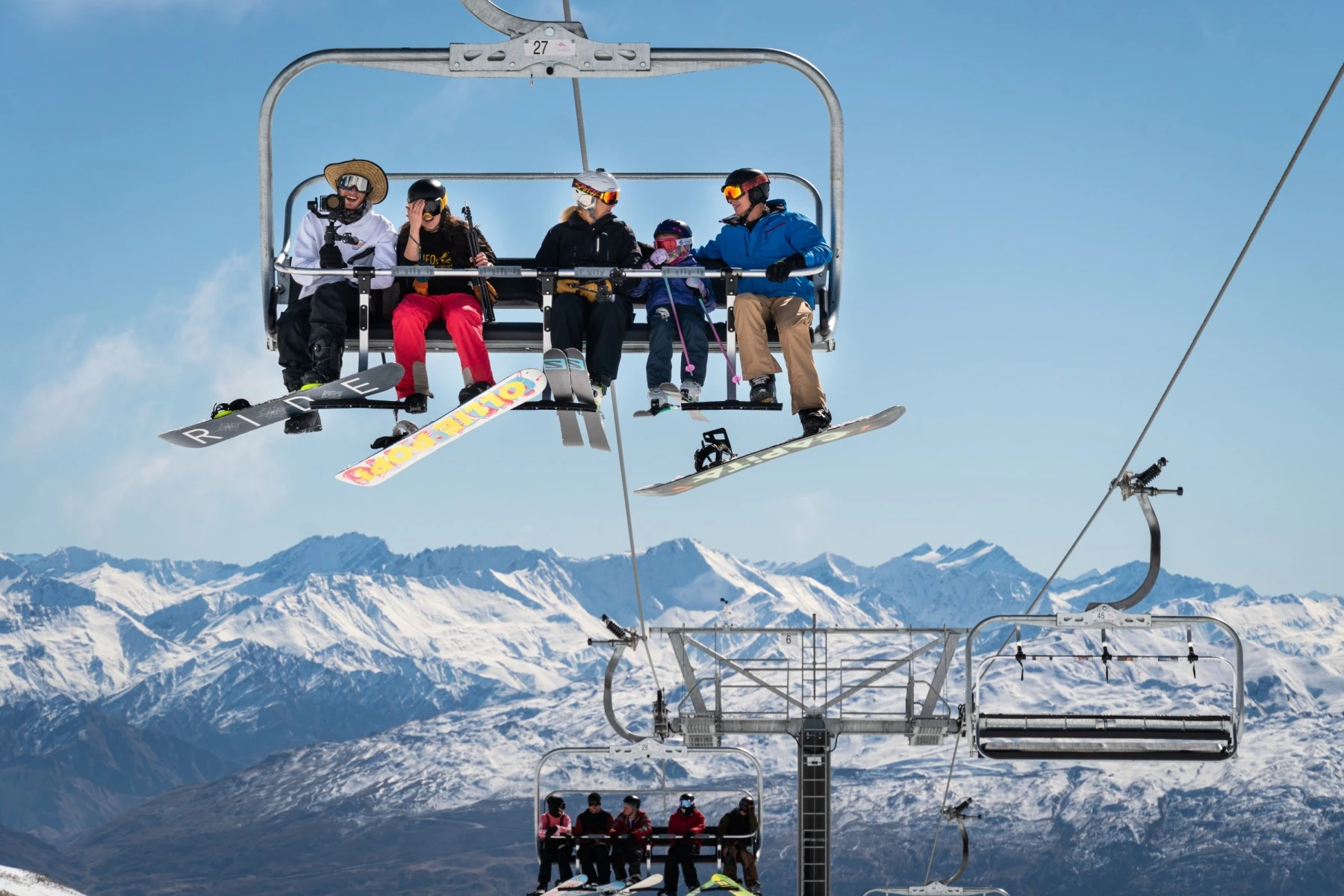
While there’s no Christmas to break up the winter months in New Zealand, there are still plenty of ways to keep your spirits up. Winter is the perfect time to slow down and embrace the cosy side of life through board games, baking, or learning a new skill. It’s also a great time to explore local galleries, museums, or libraries, which are often warm and free.
If you're near the mountains, embrace winter sports. New Zealand has lots of ski fields, especially if you’re based in the South Island. Skiing and snowboarding are part of Kiwi culture and a great way to make the most of the season. Even if you’re not on the slopes, heading to Queenstown or Wanaka for a winter trip is worth it.
Tip: Celebrate Matariki and other events
Matariki, the Māori New Year, is celebrated mid-winter with events around the country. Many towns and cities host fireworks displays. There are also many light festivals around the country, such as LUMA in Queenstown, Lōemis in Wellington and the Takapuna Winter Lights Festival in Auckland.
Tip: Buy an early bird season pass
There’s no denying that skiing and snowboarding can be pricey, especially if you’re renting gear. To save in the long run, consider investing in a season pass at one of the major ski fields. You can also keep costs down by picking up second-hand gear on sites like Trade Me or Facebook Marketplace. And if you're really over the cold? You’ll be pleased to know that direct flights to Fiji, Tonga or Samoa are often reasonably priced.
Moving home during winter?
 Navigating changeable weather, wind gusts, and slippery steps can make moving house during winter a bit tricky. Take the stress out of your winter move by hiring a professional. Whether you’re moving across town or across the motu, you’ll find a wide range of trusted and affordable professional movers on Wise Move.
Navigating changeable weather, wind gusts, and slippery steps can make moving house during winter a bit tricky. Take the stress out of your winter move by hiring a professional. Whether you’re moving across town or across the motu, you’ll find a wide range of trusted and affordable professional movers on Wise Move.
What do our customers say?

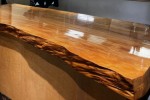



For every (wise)move

